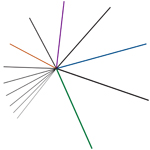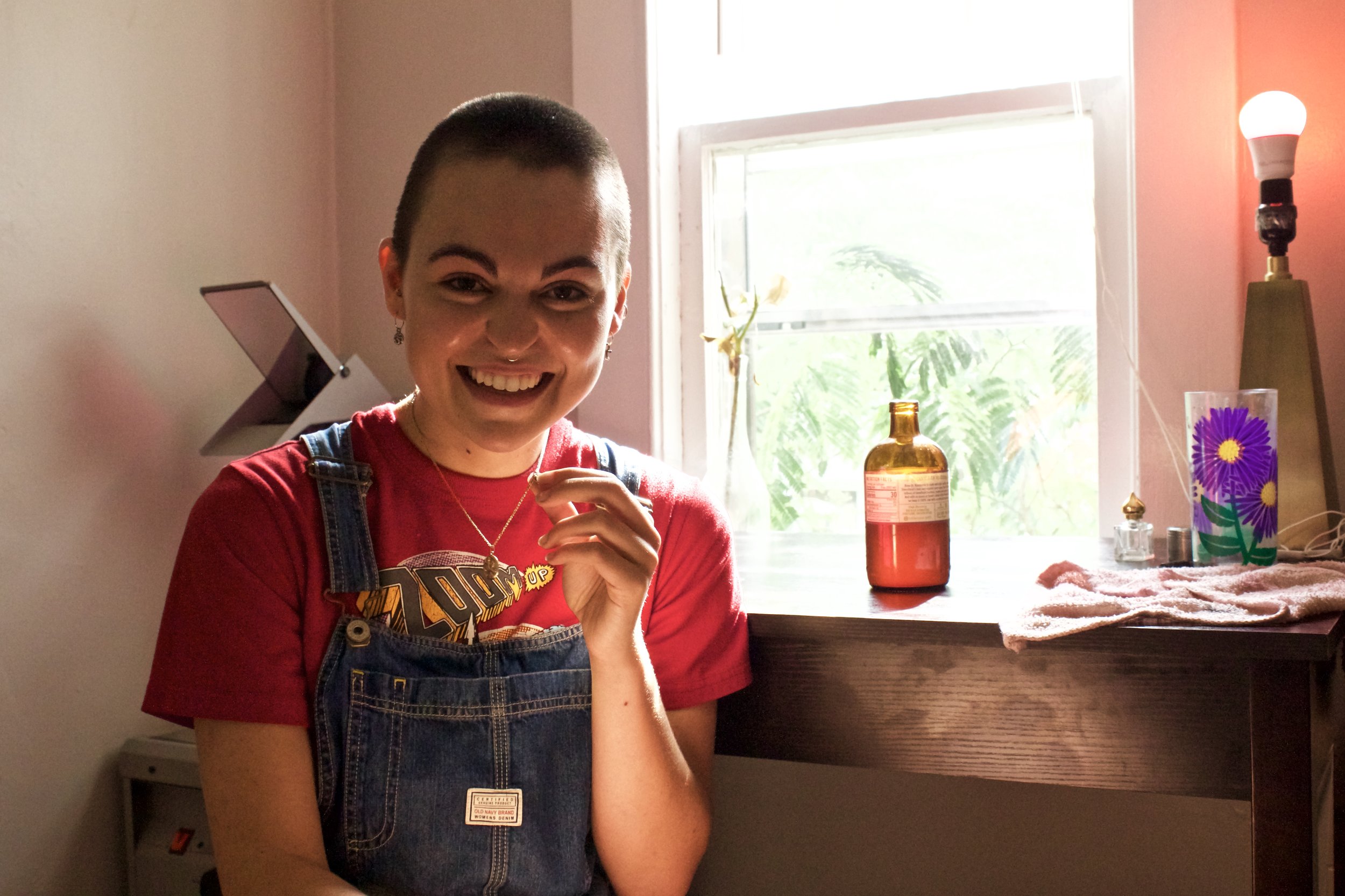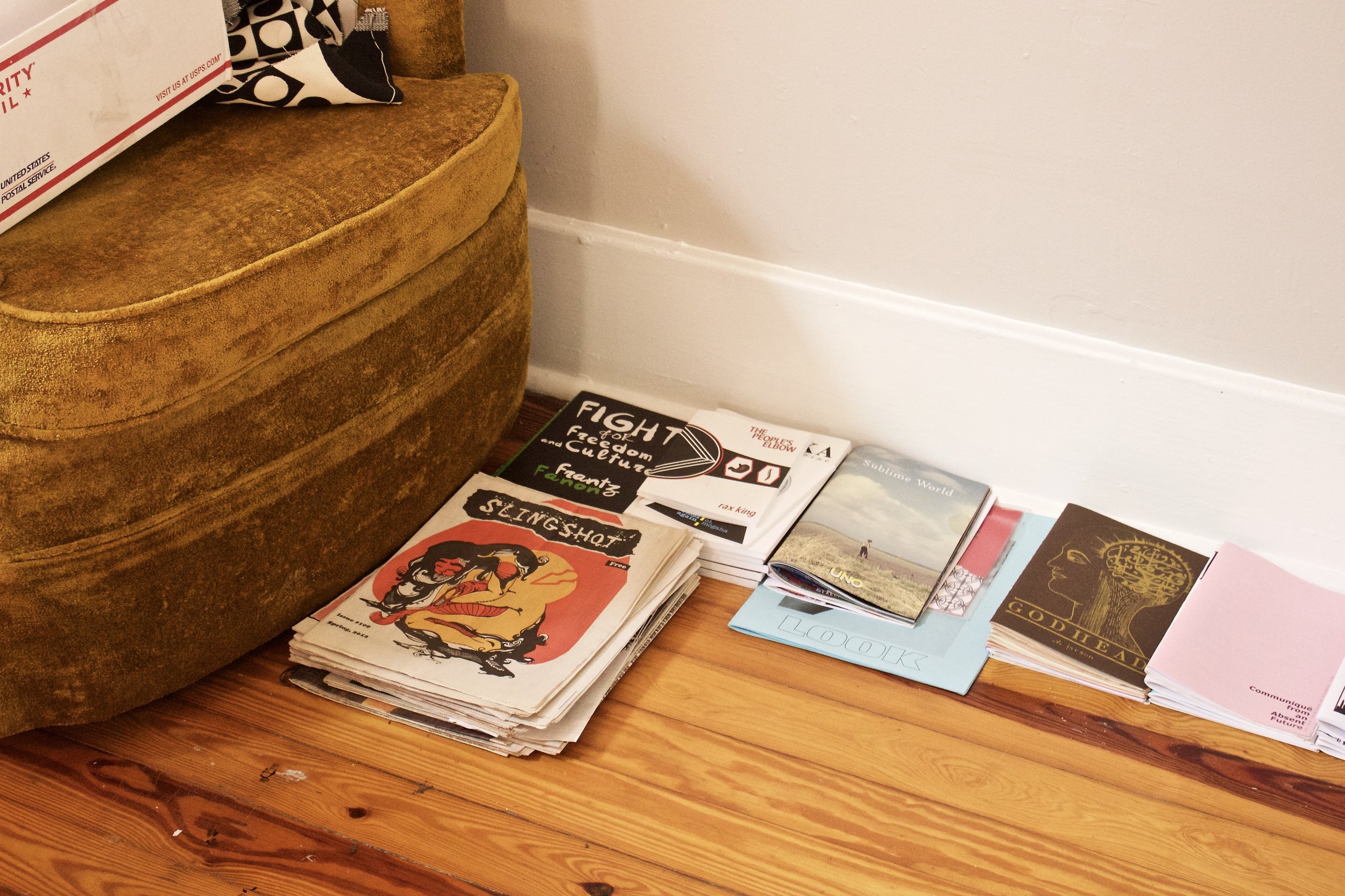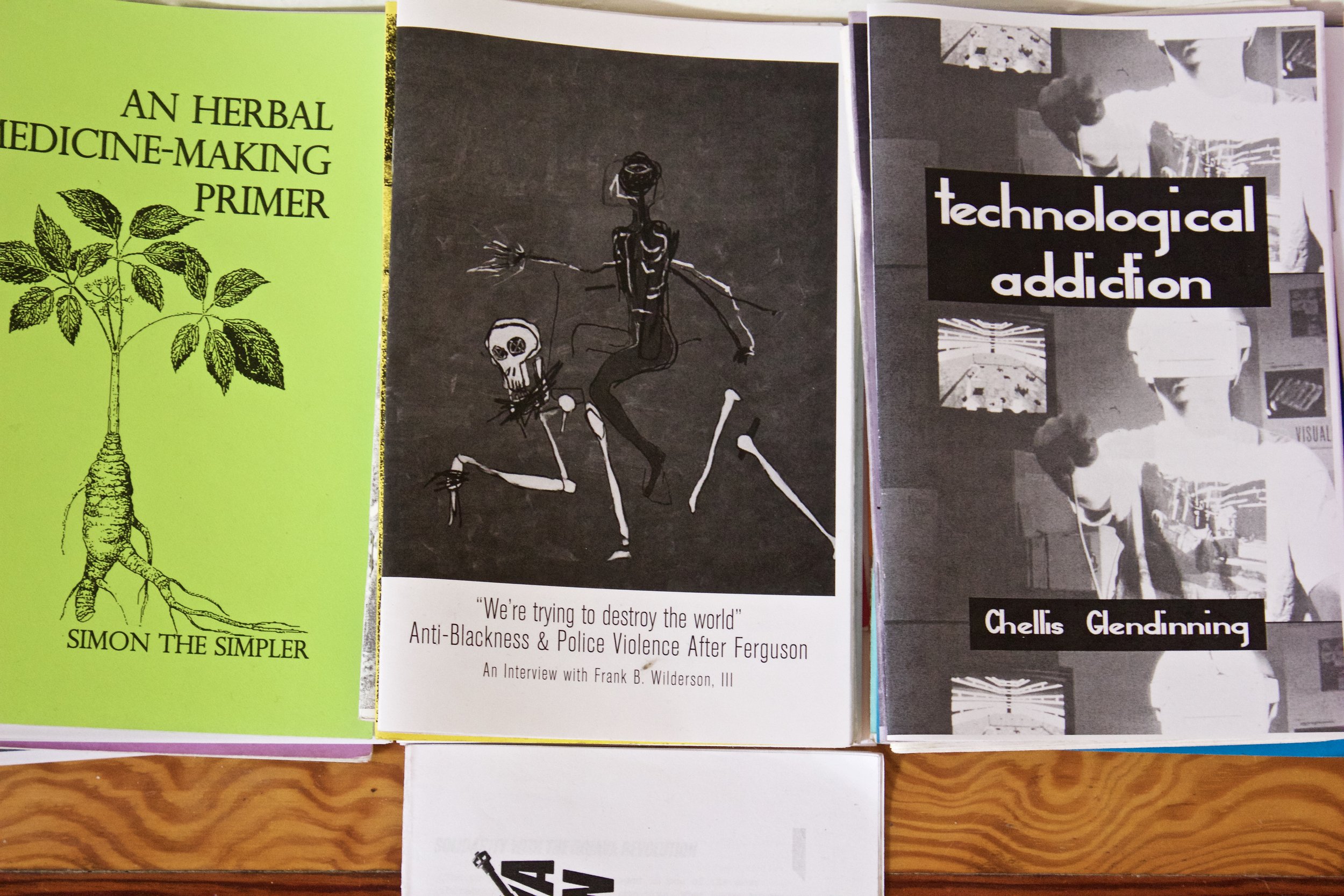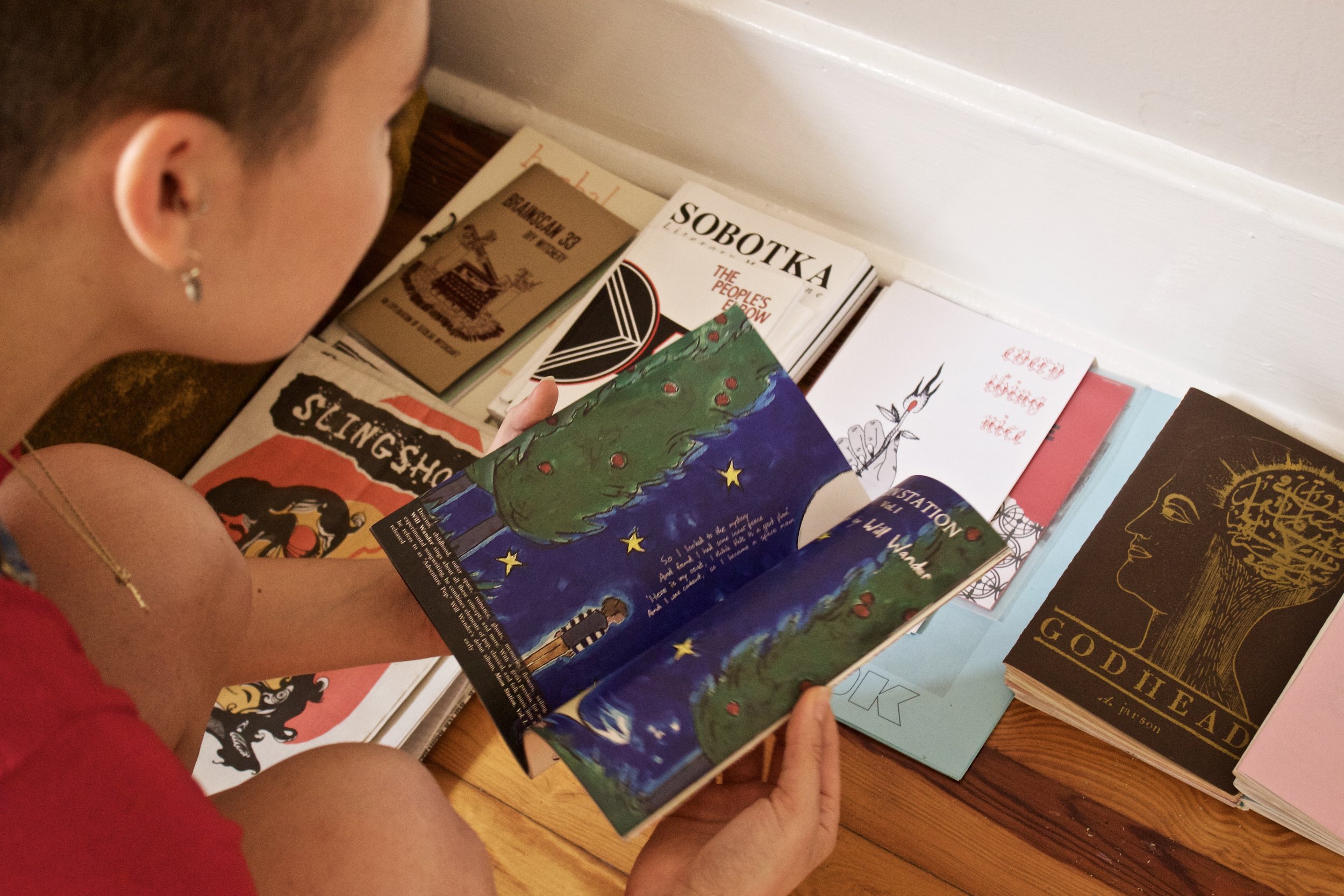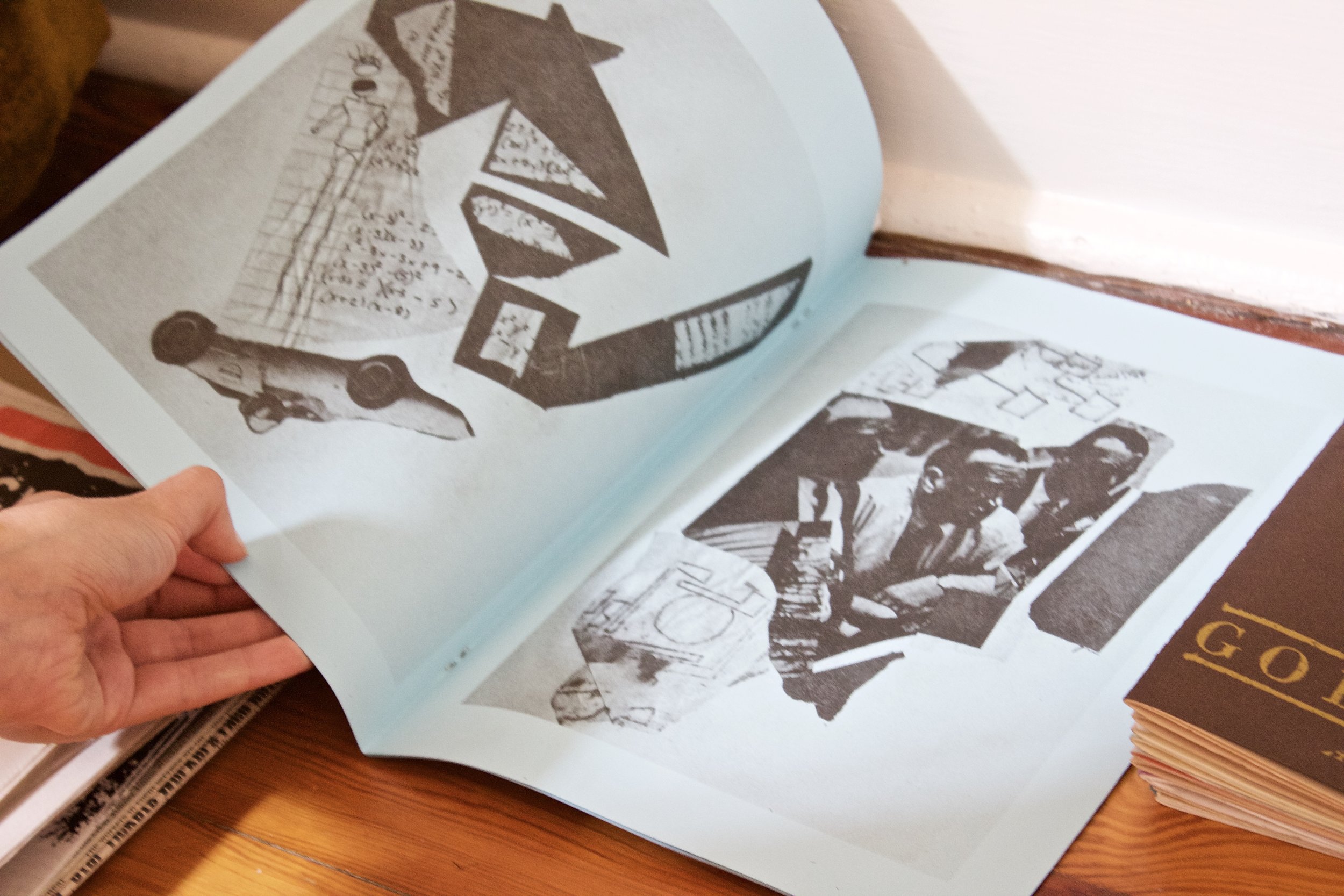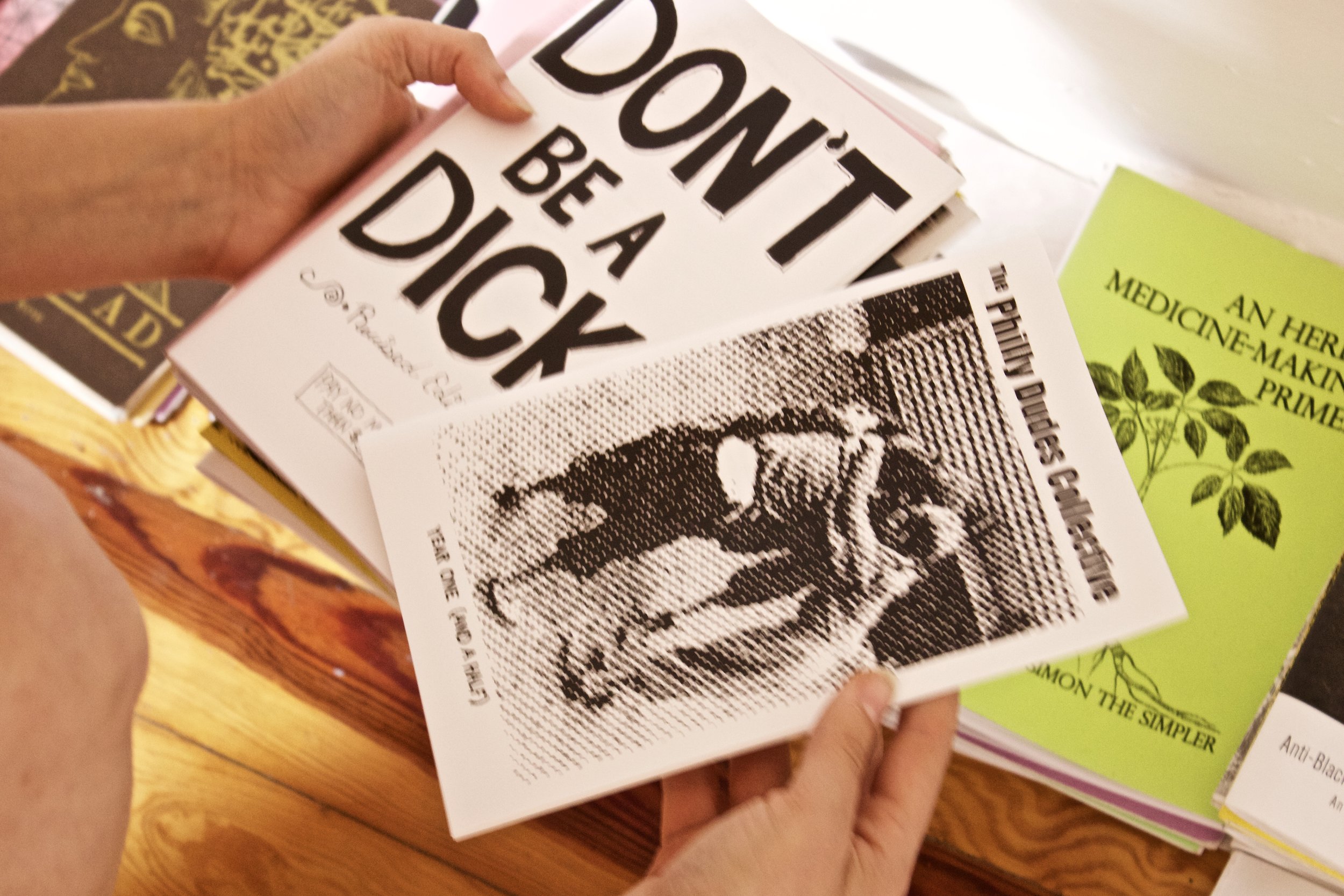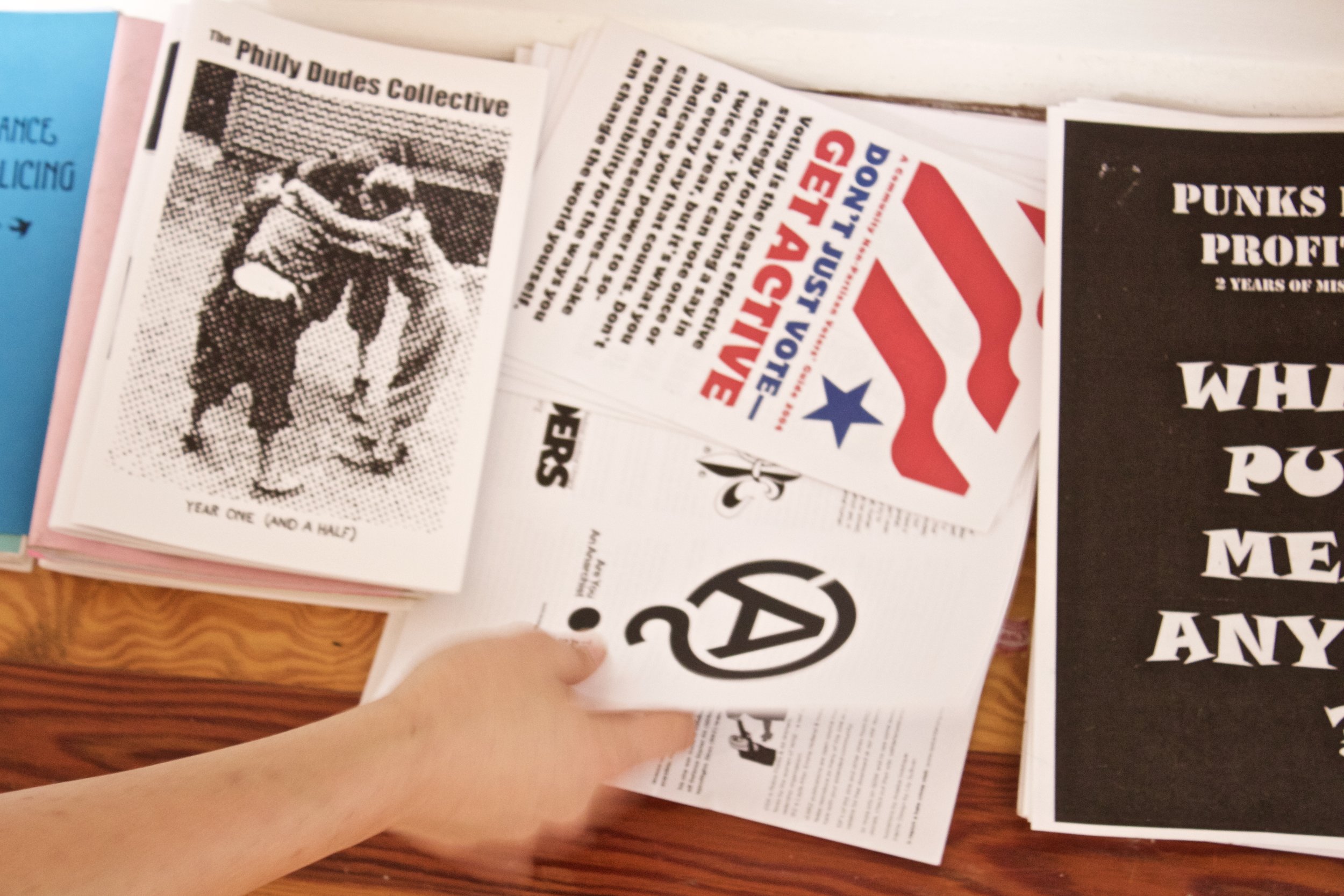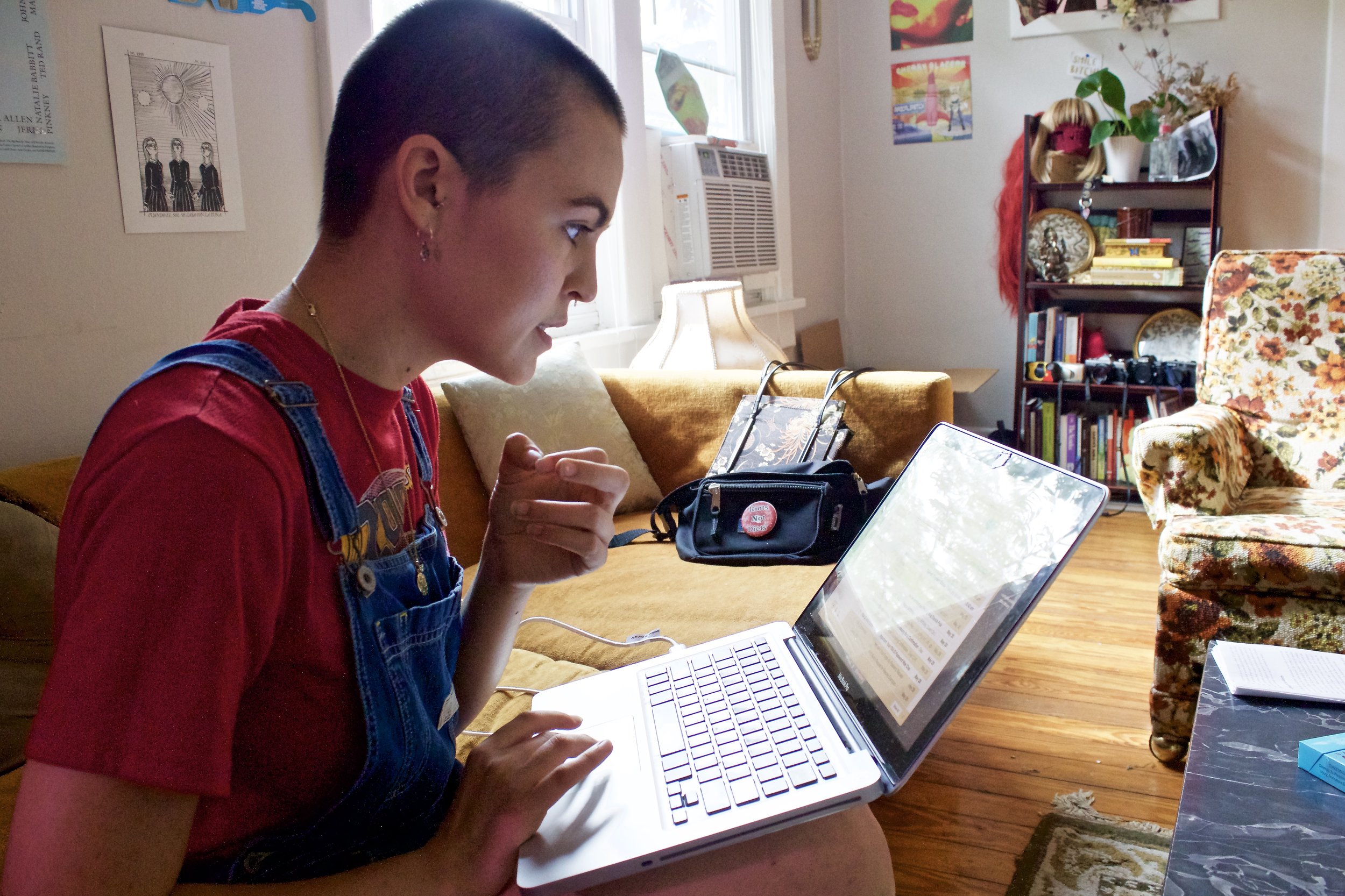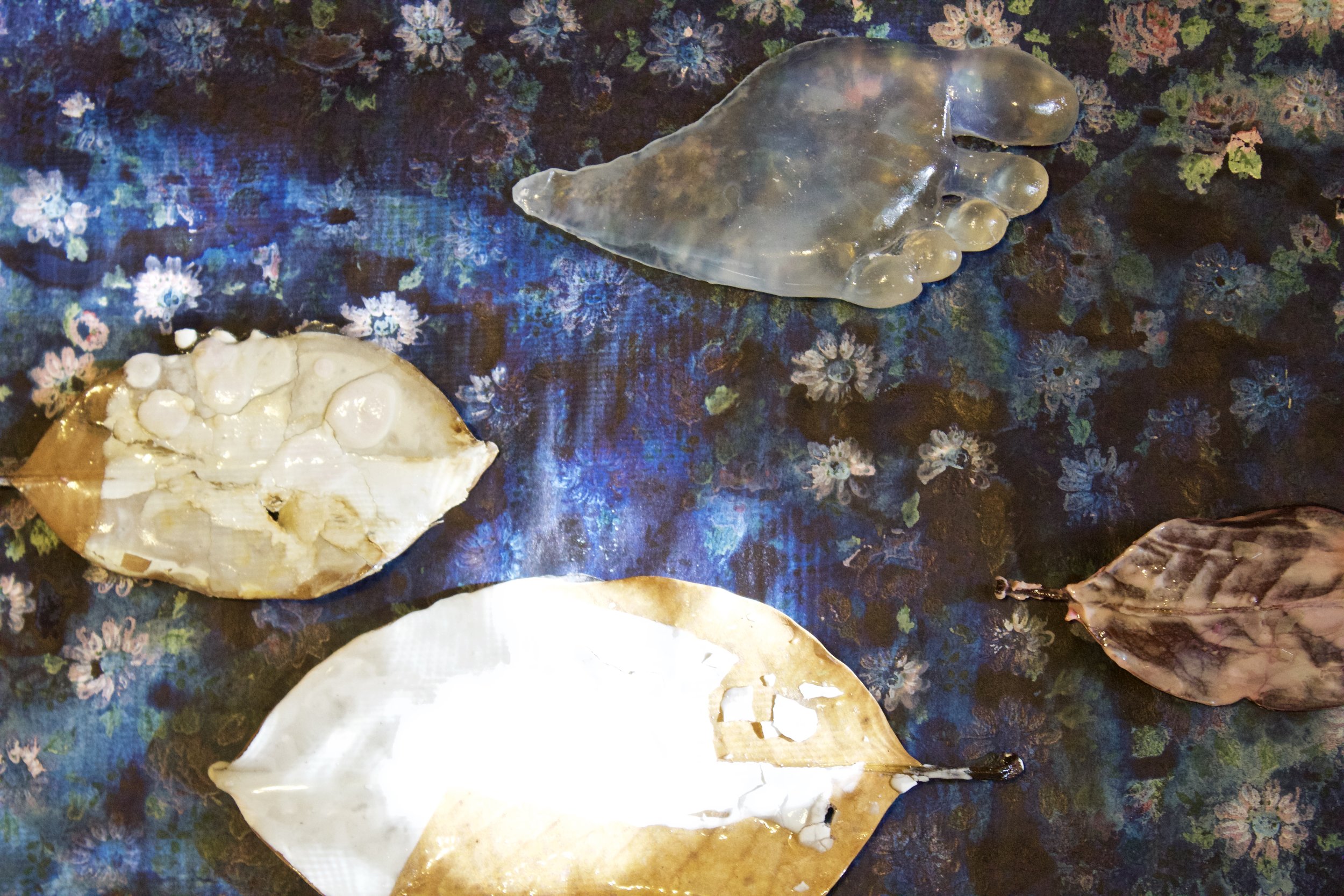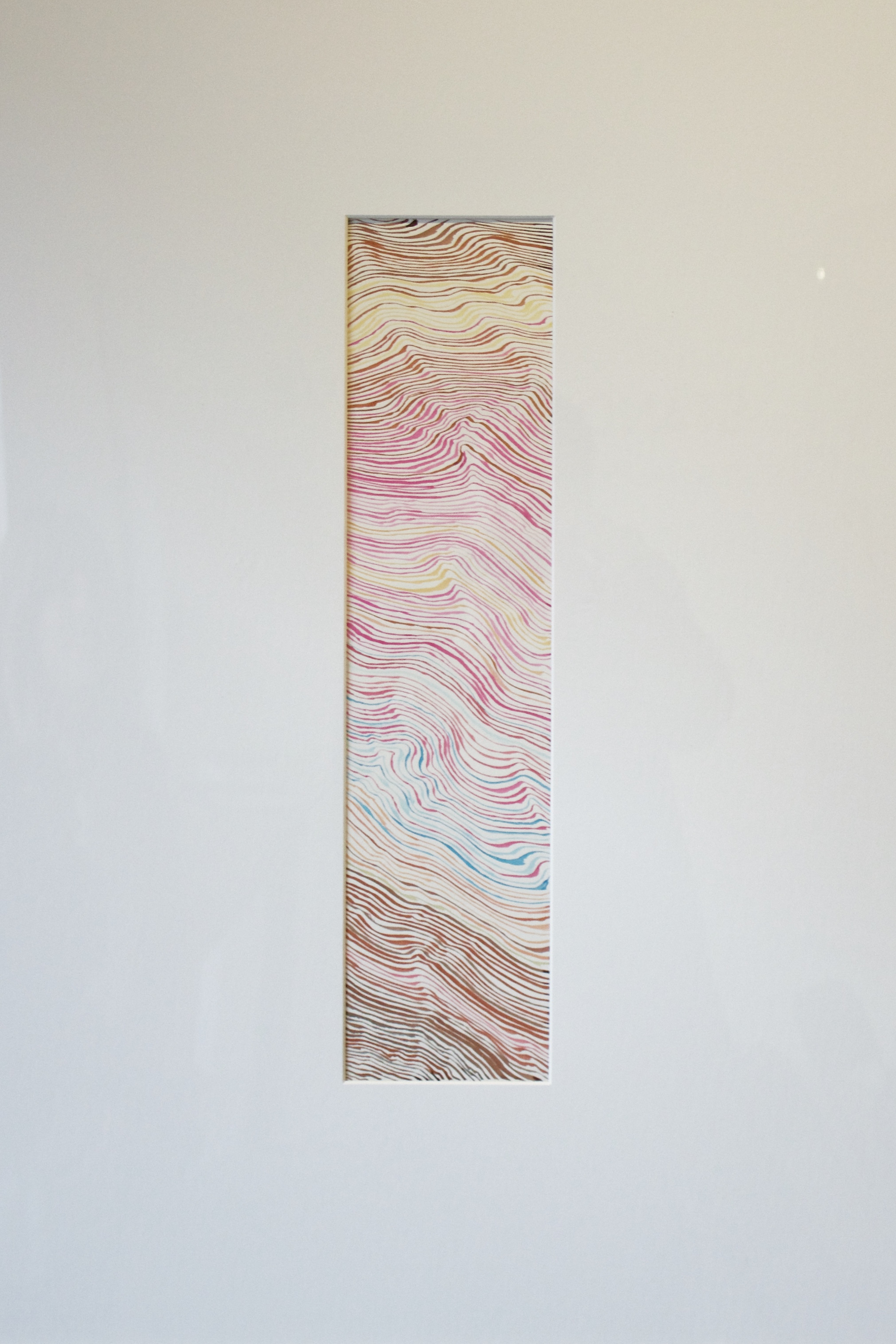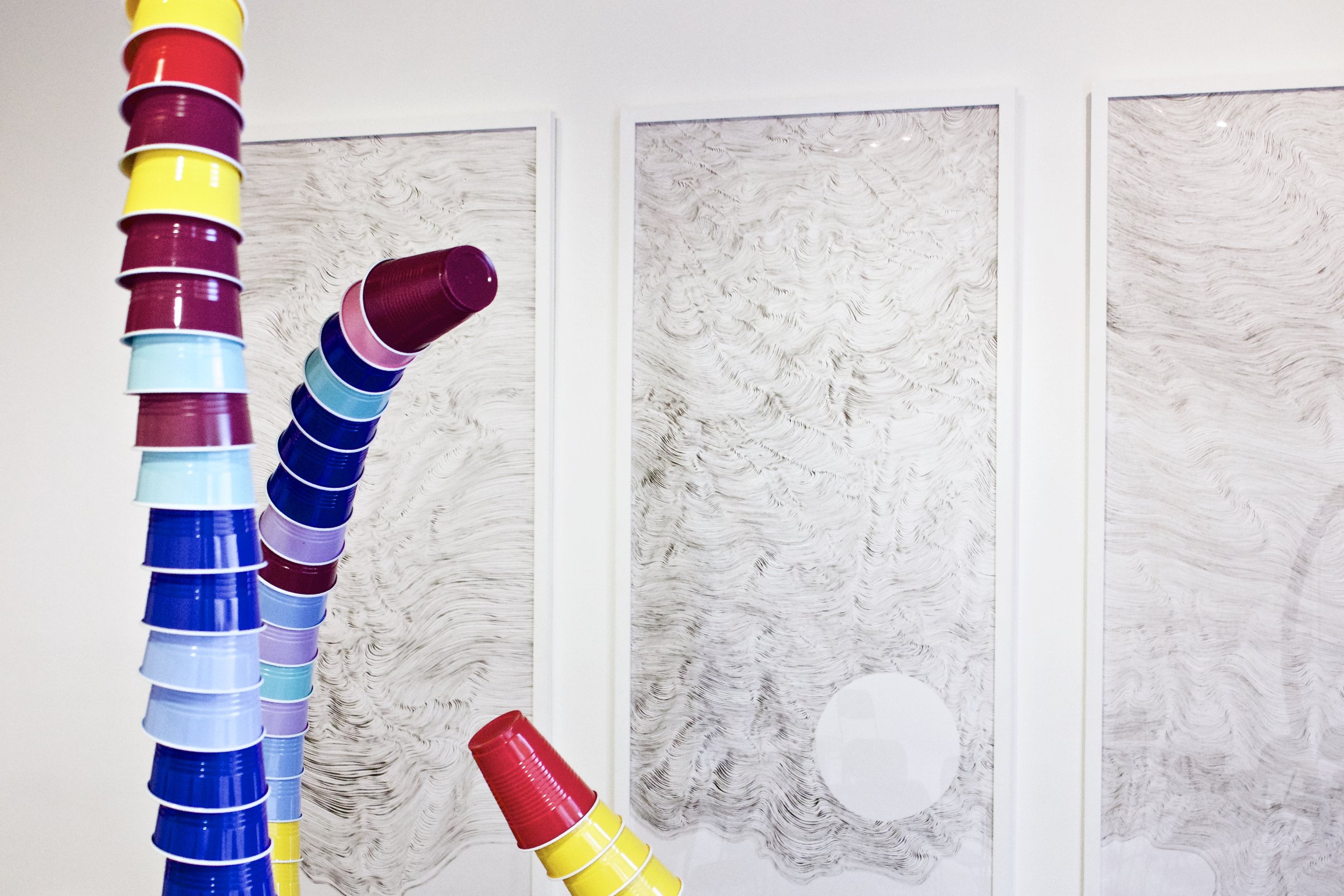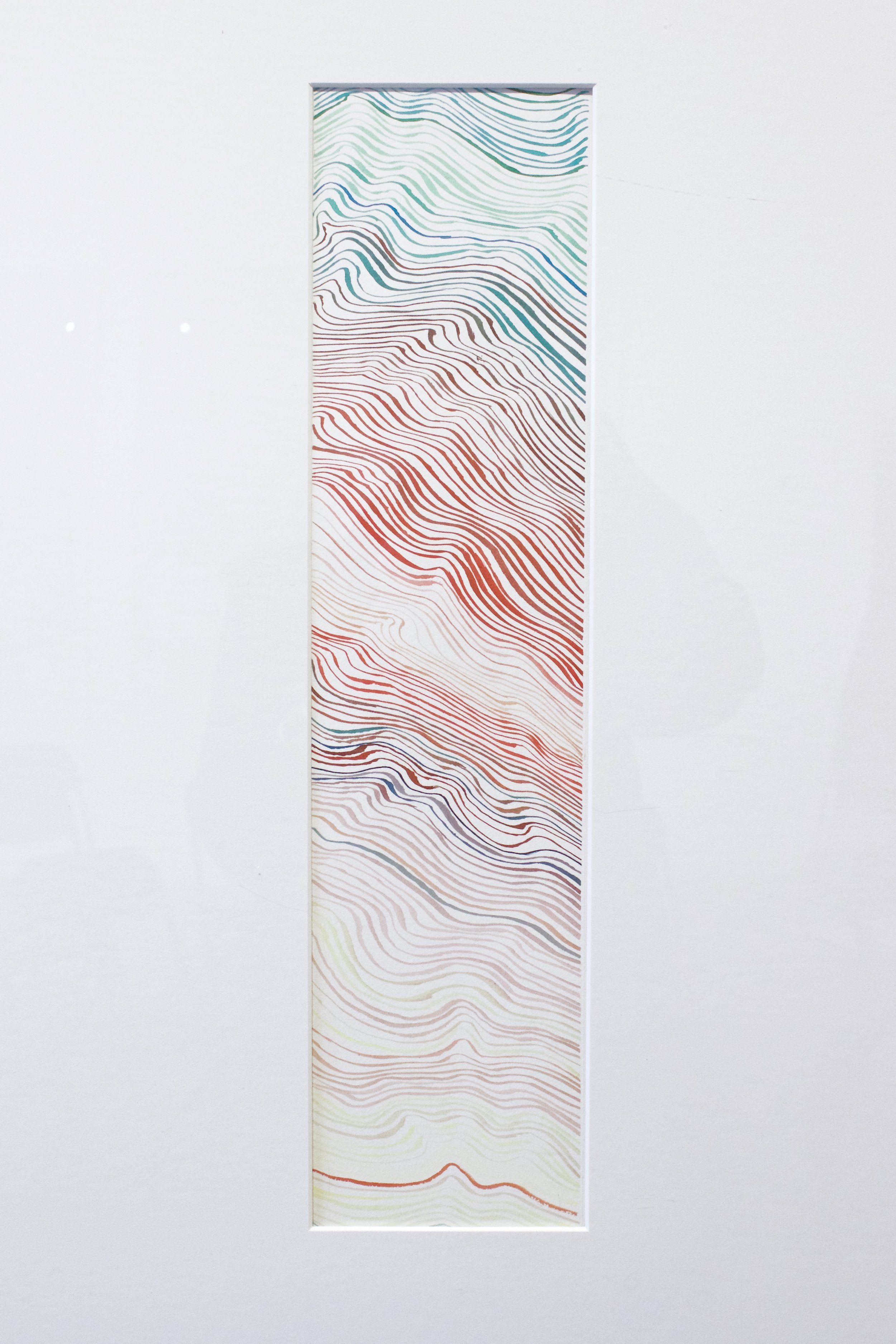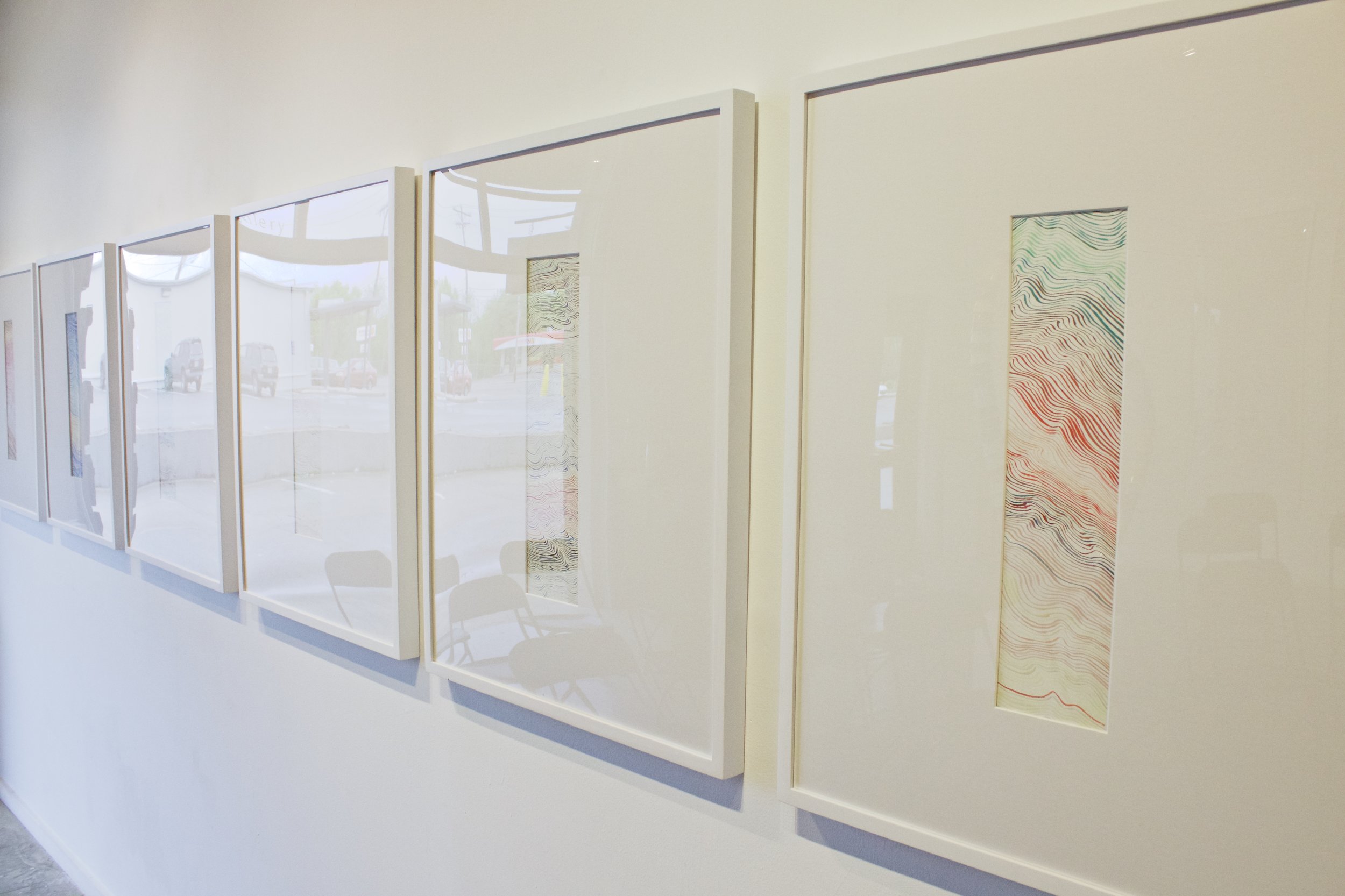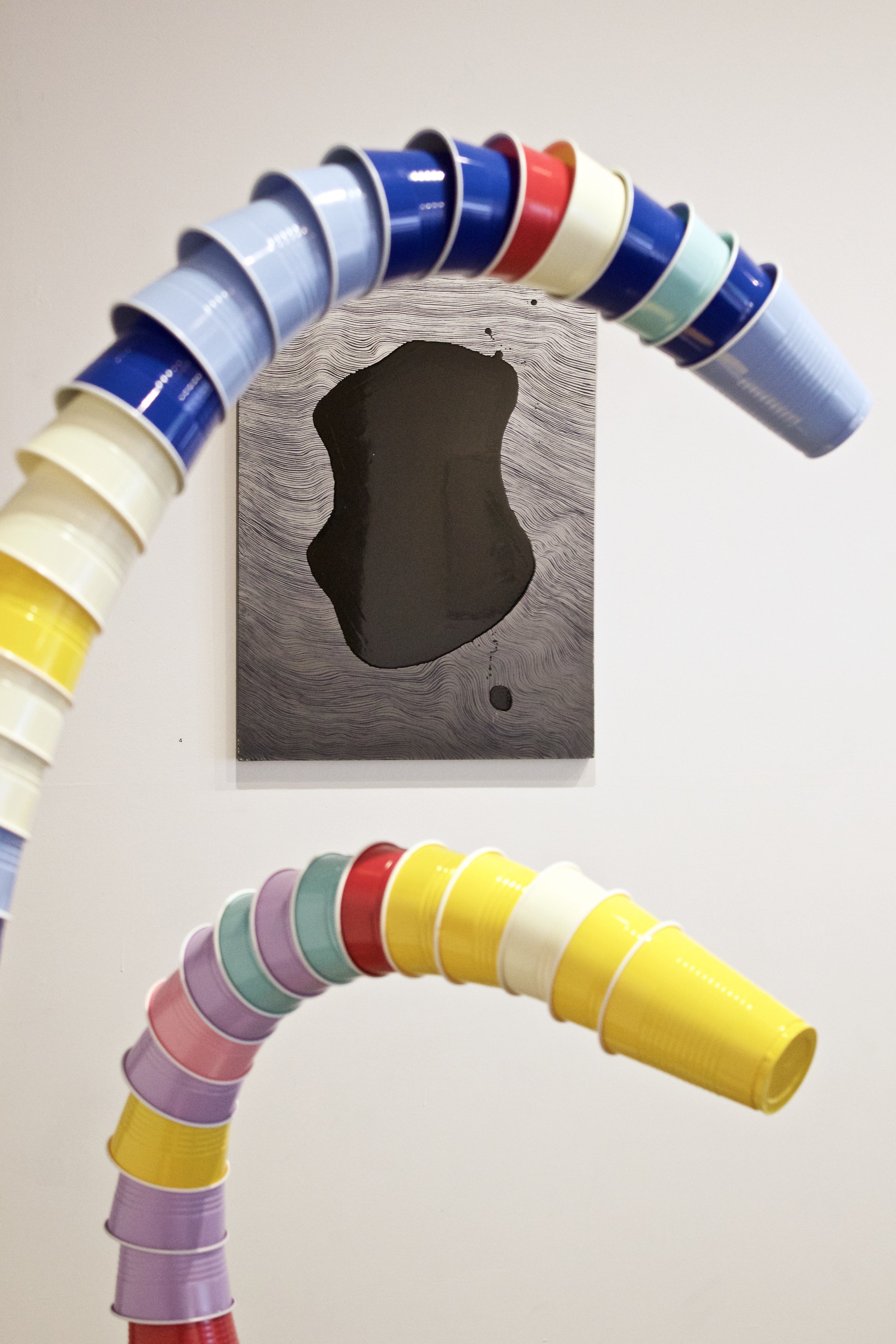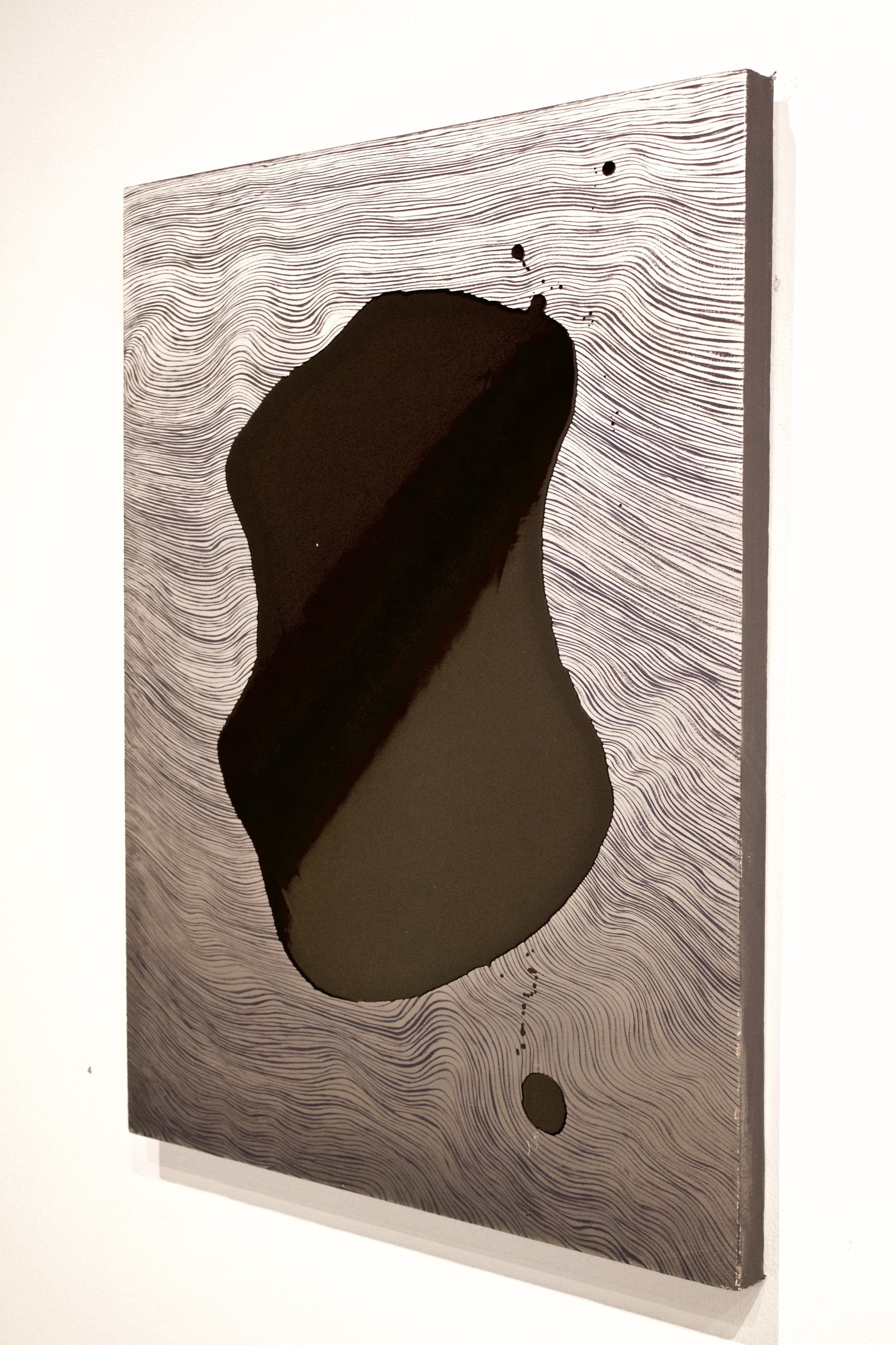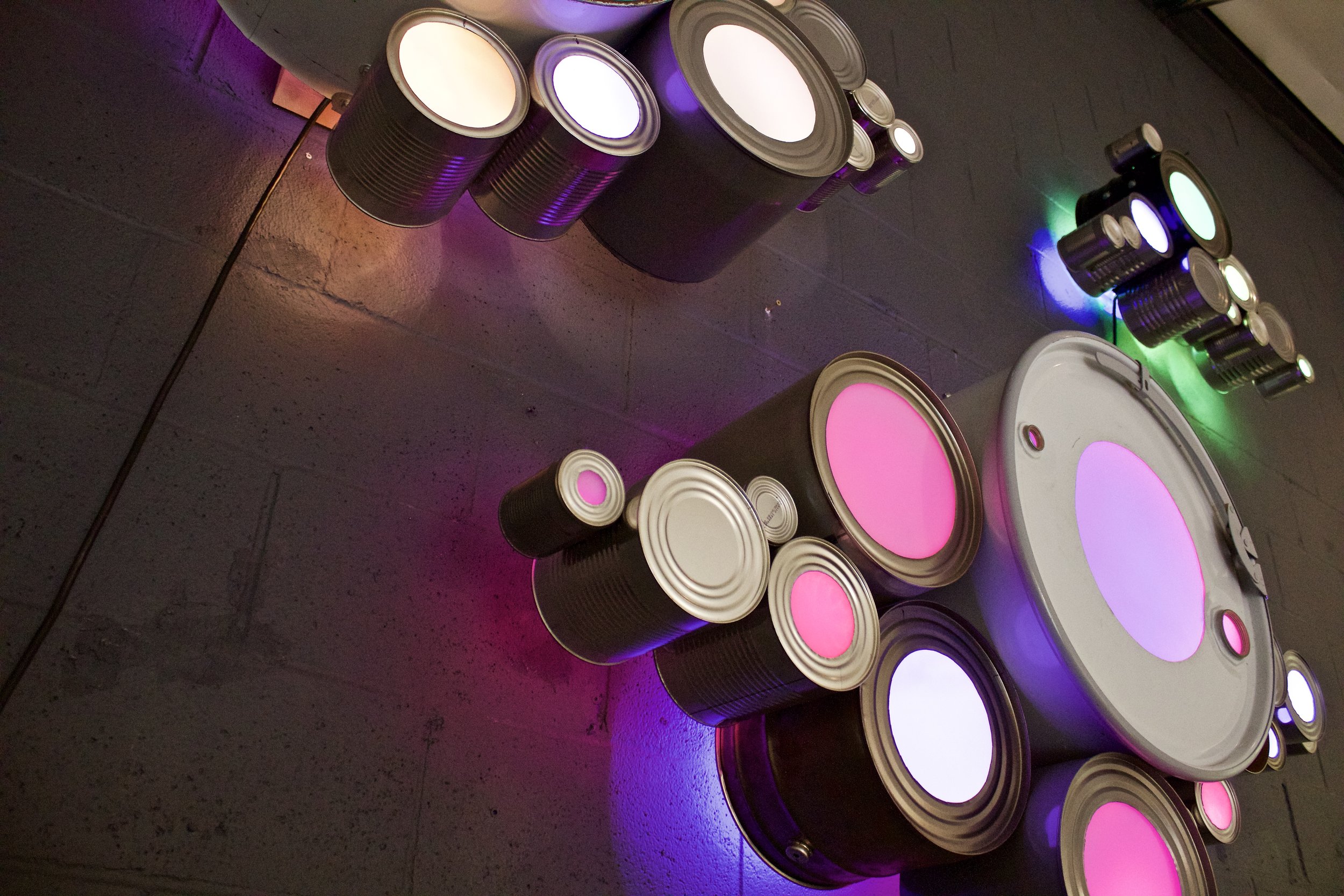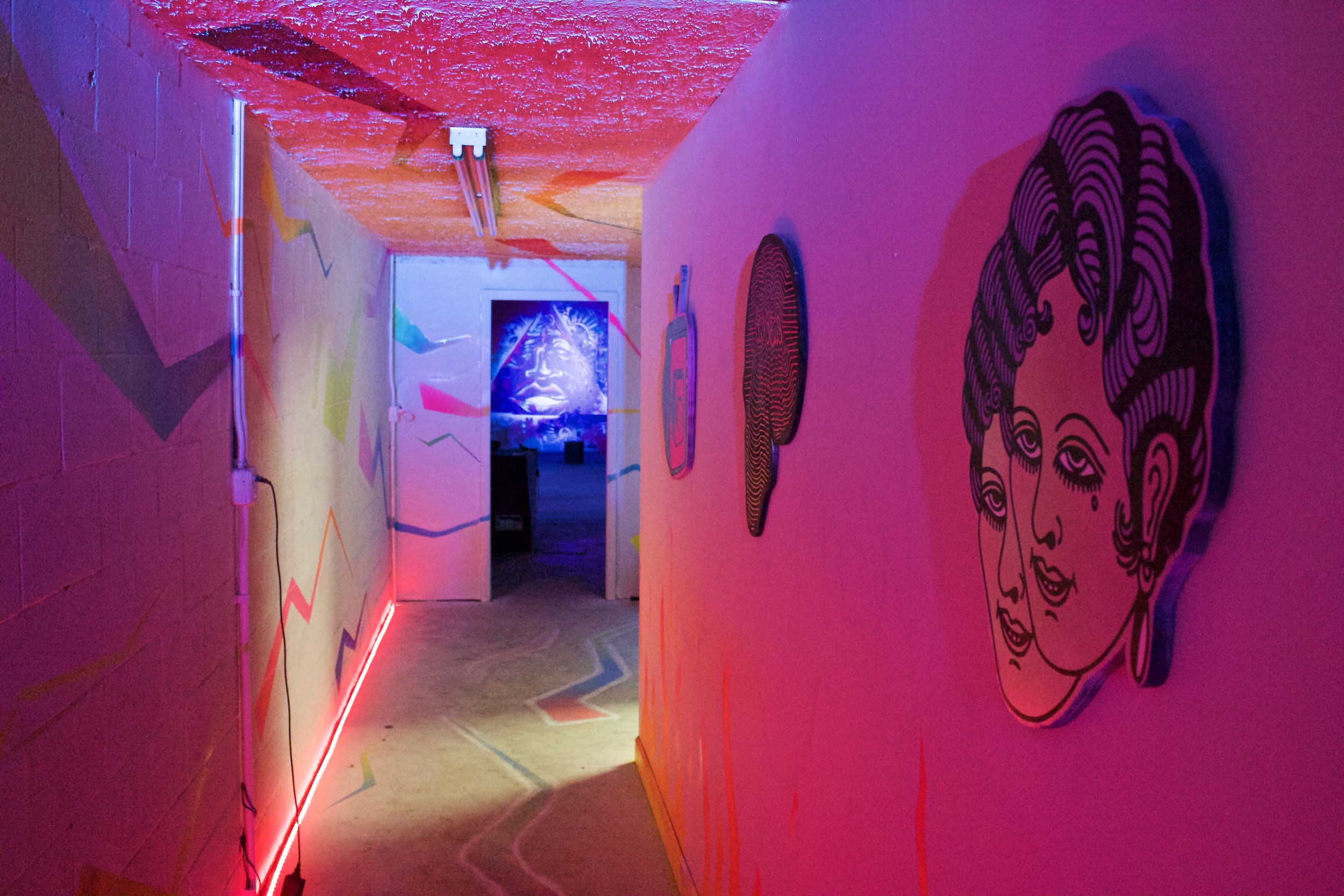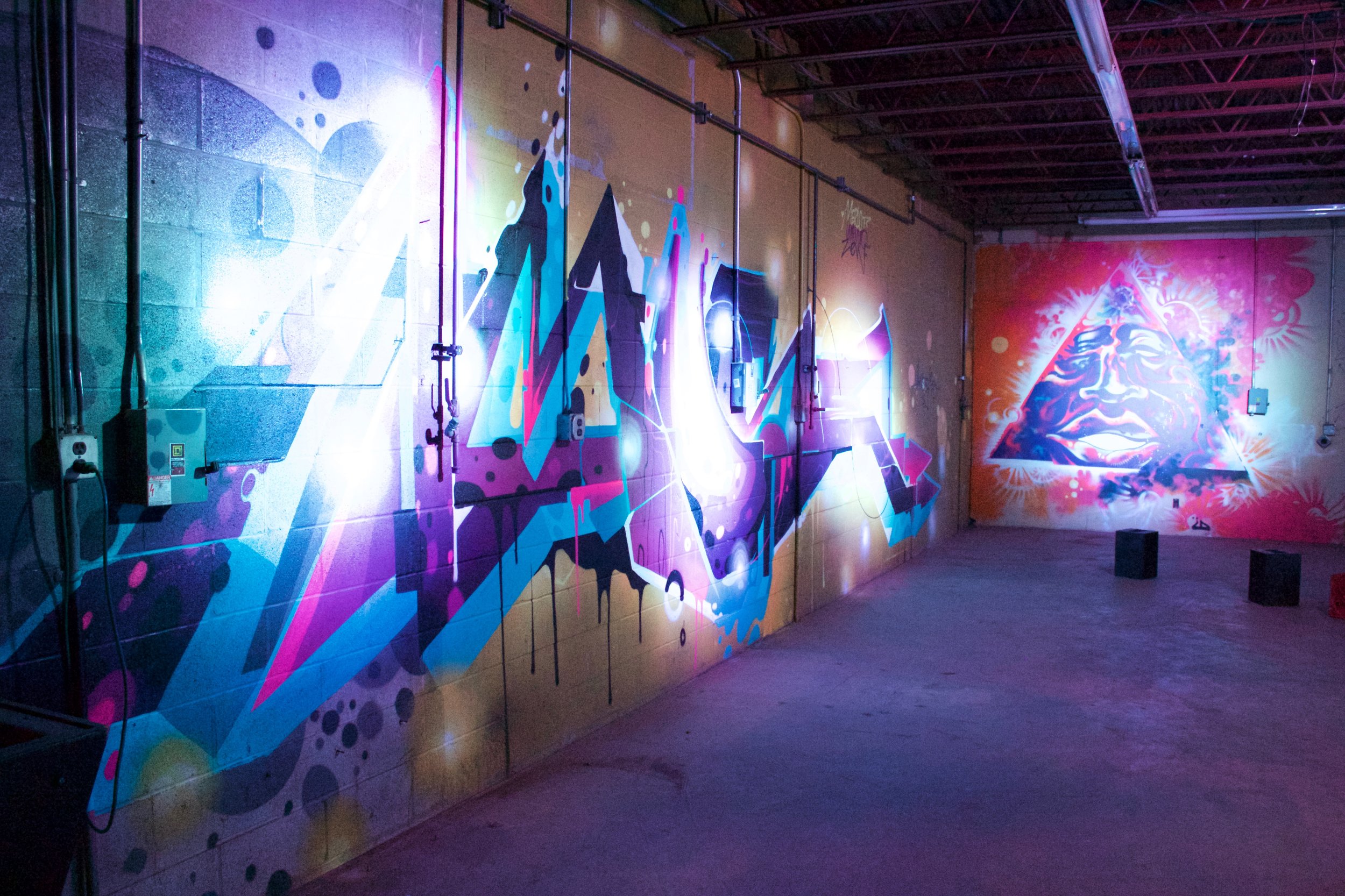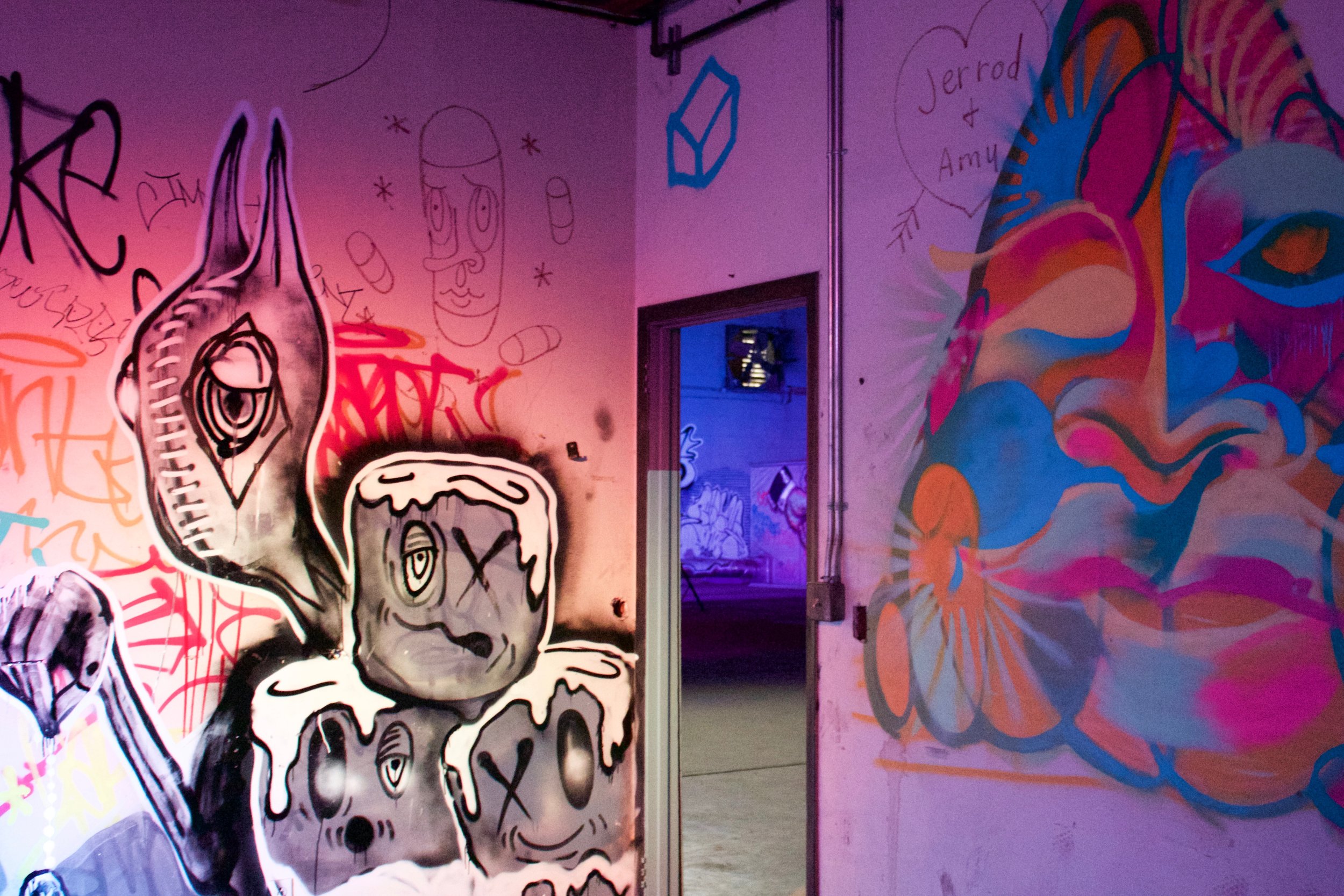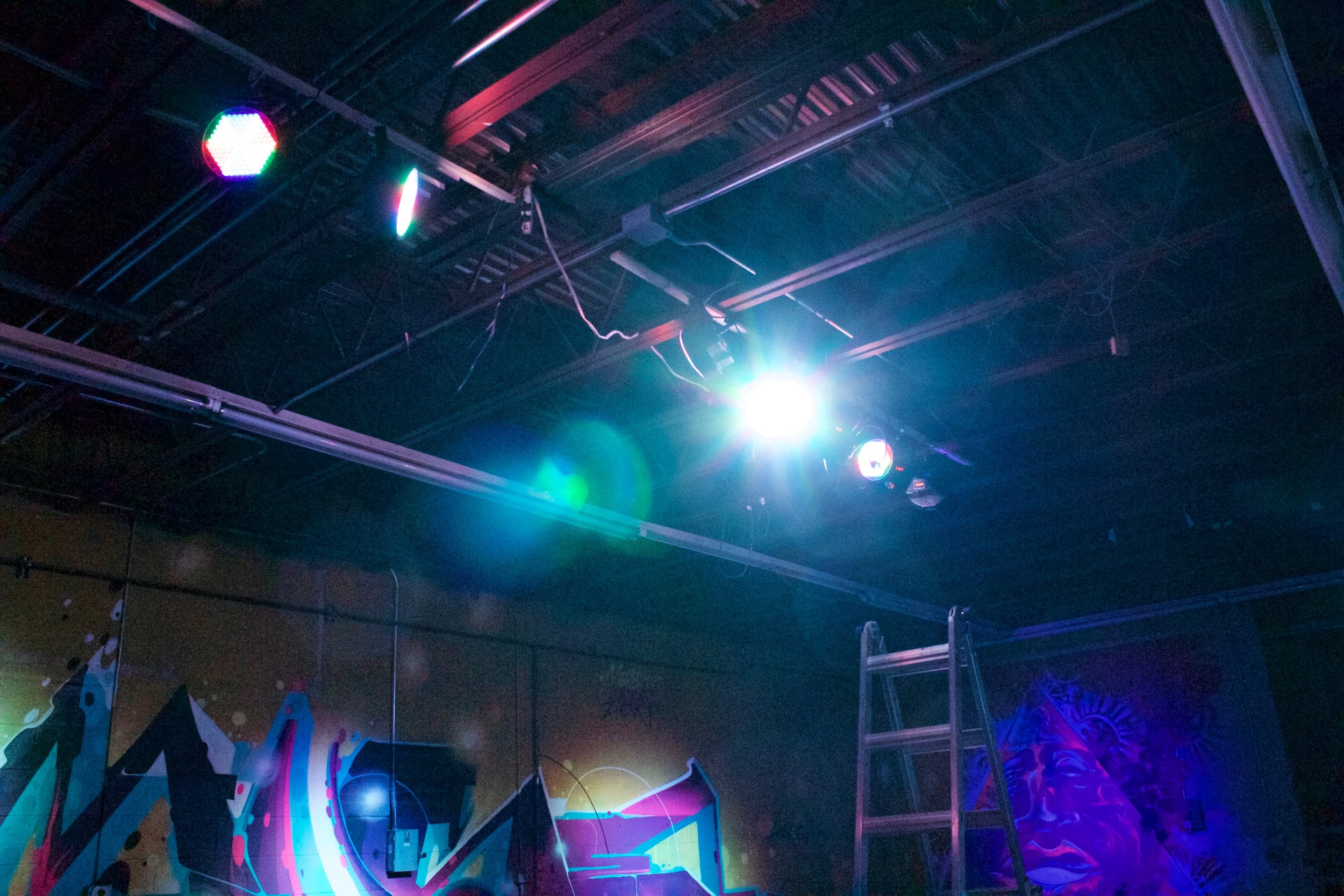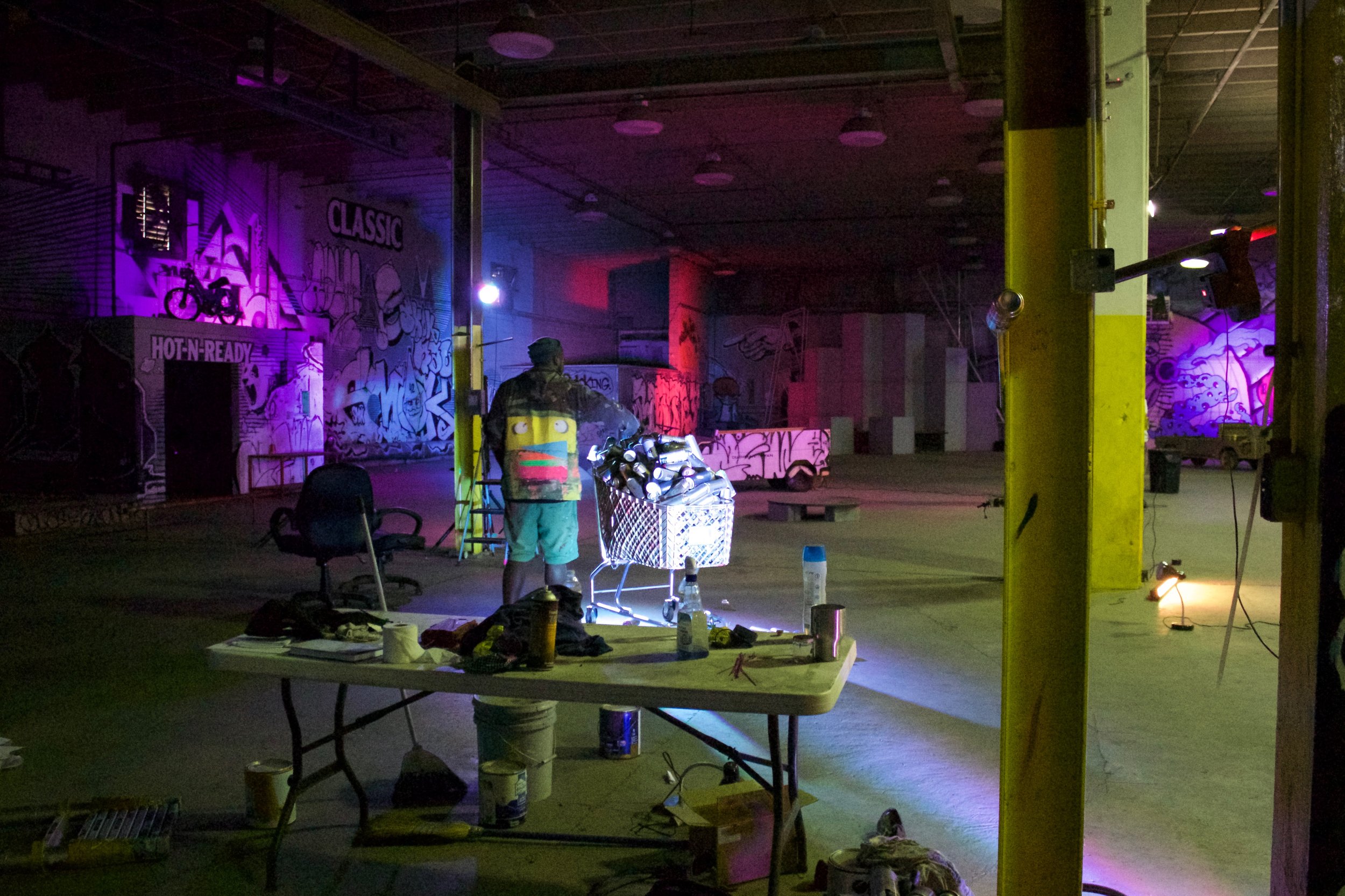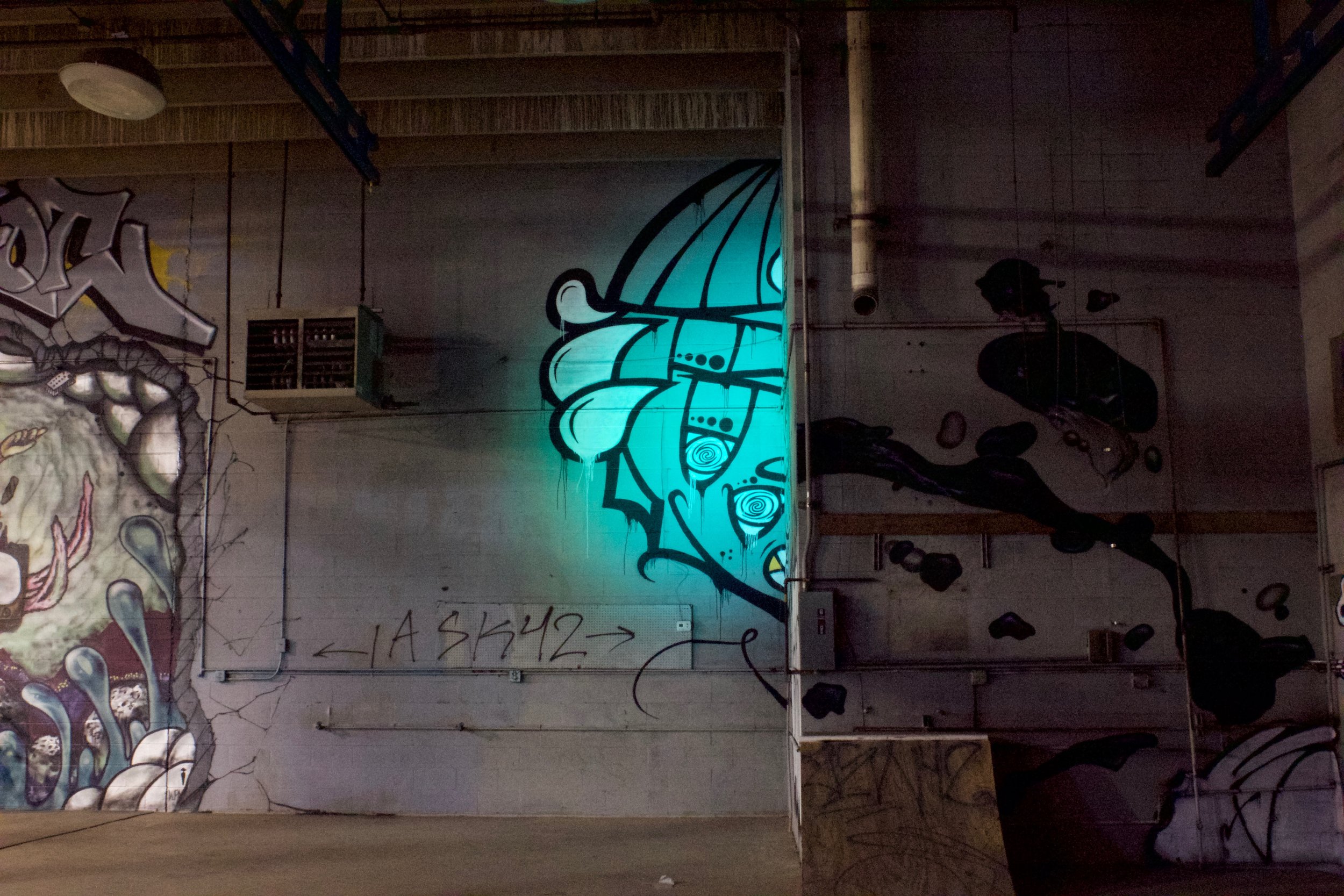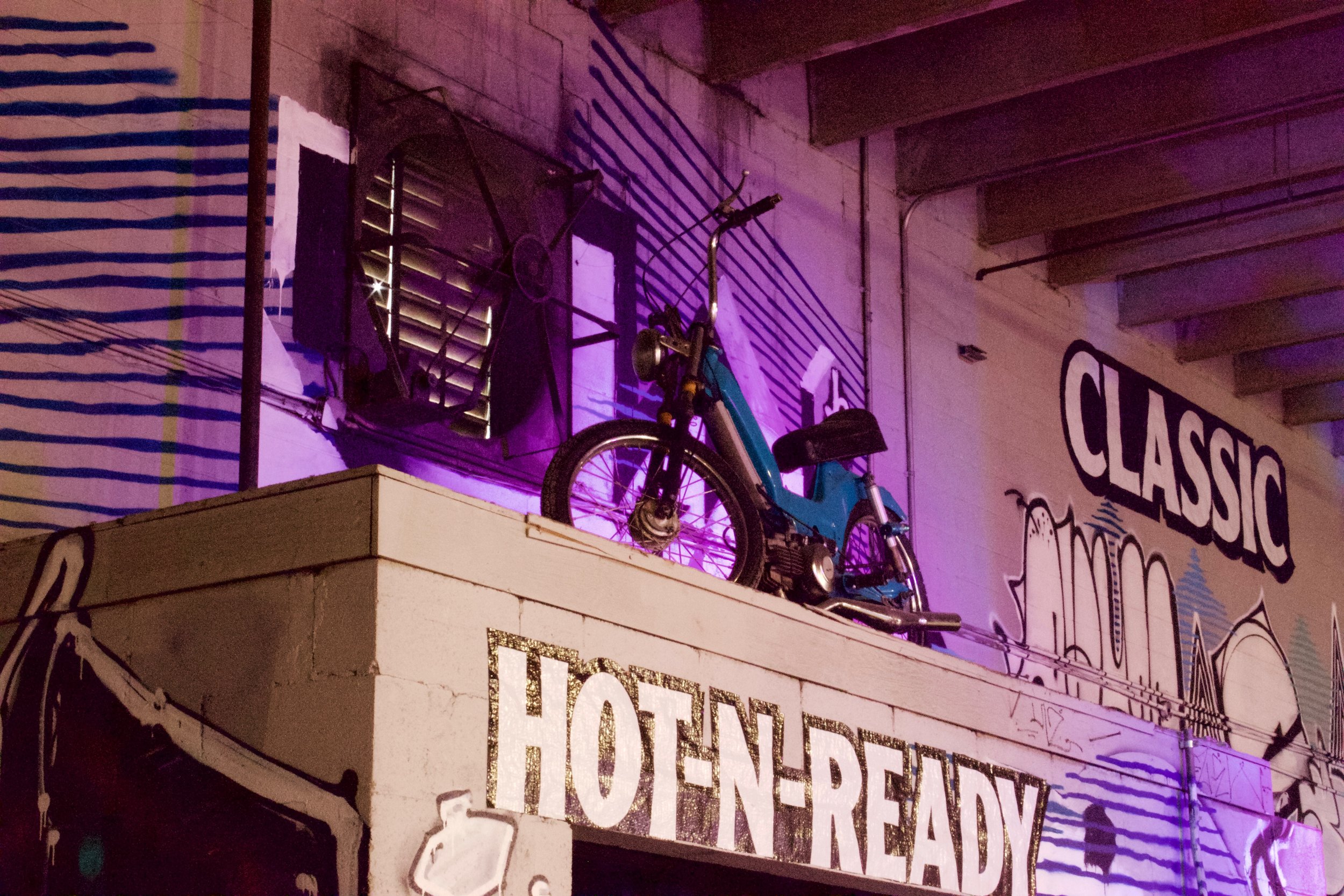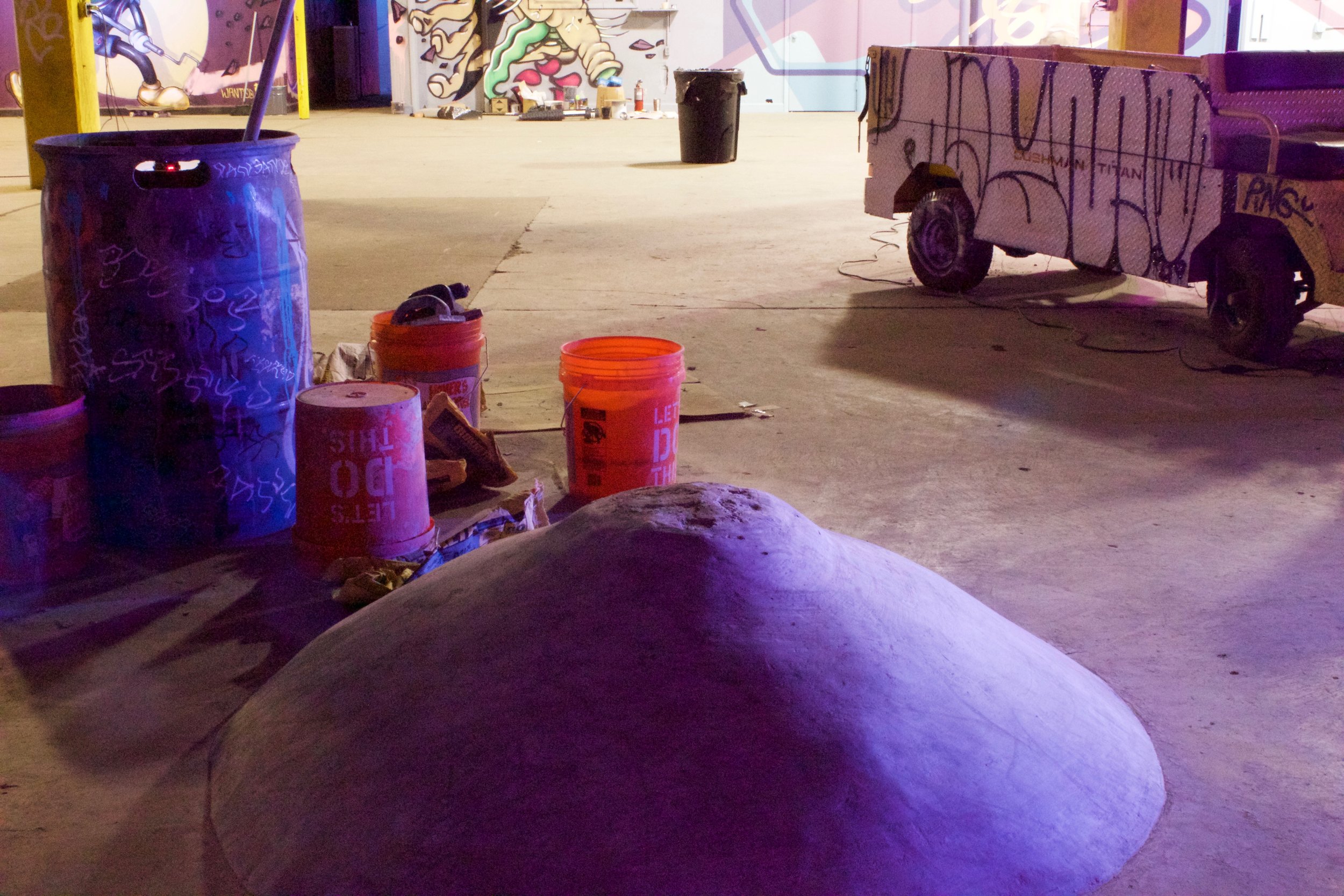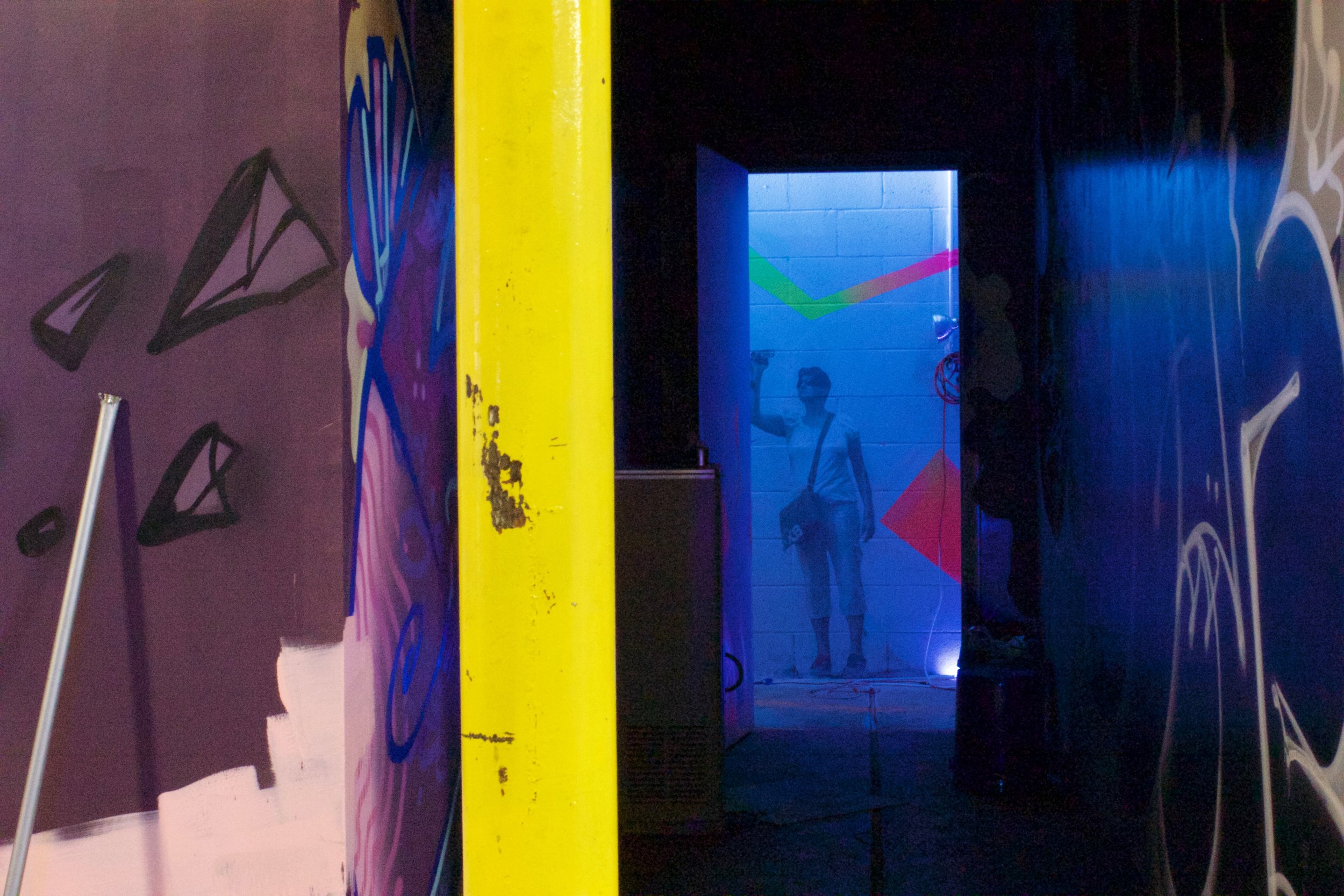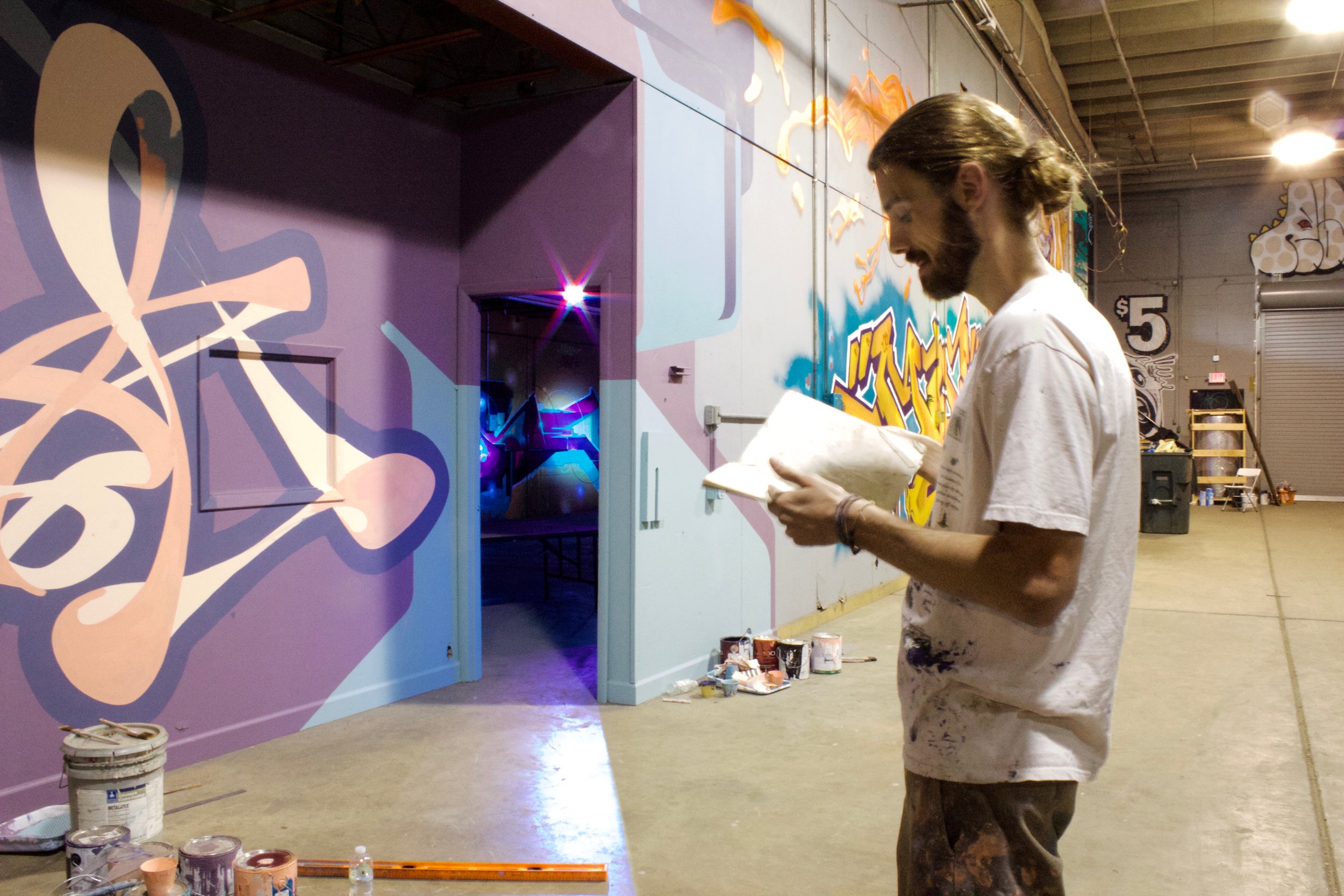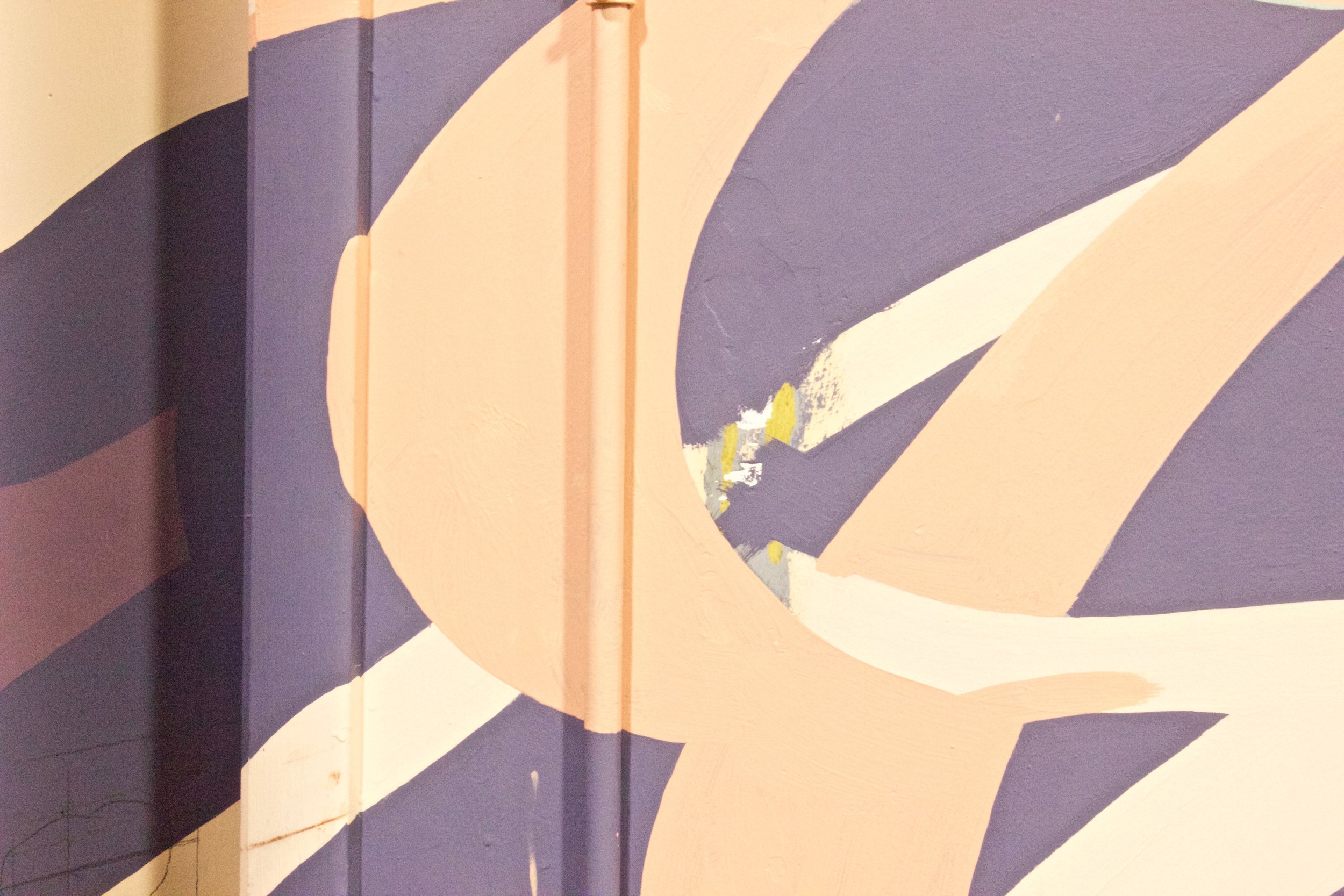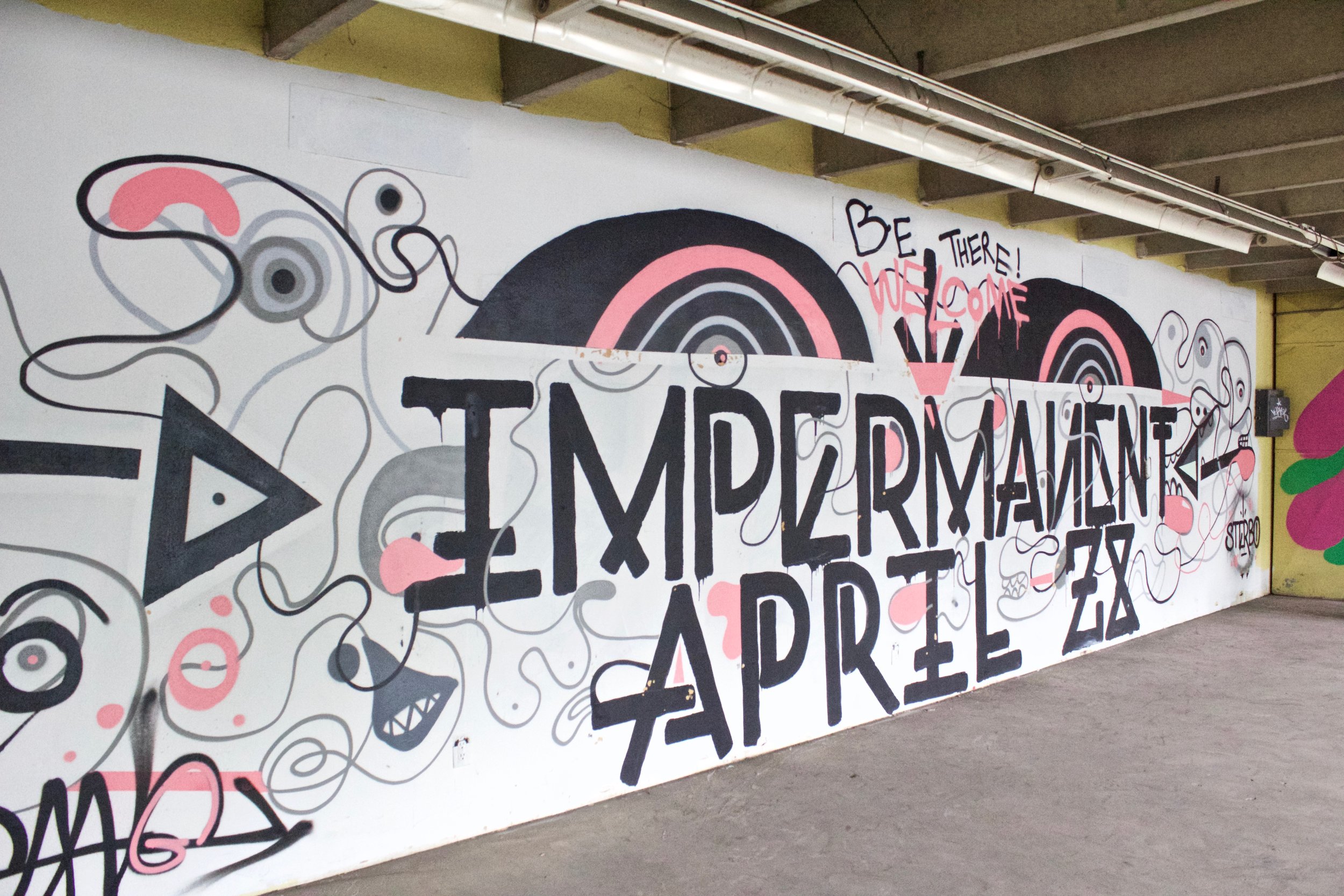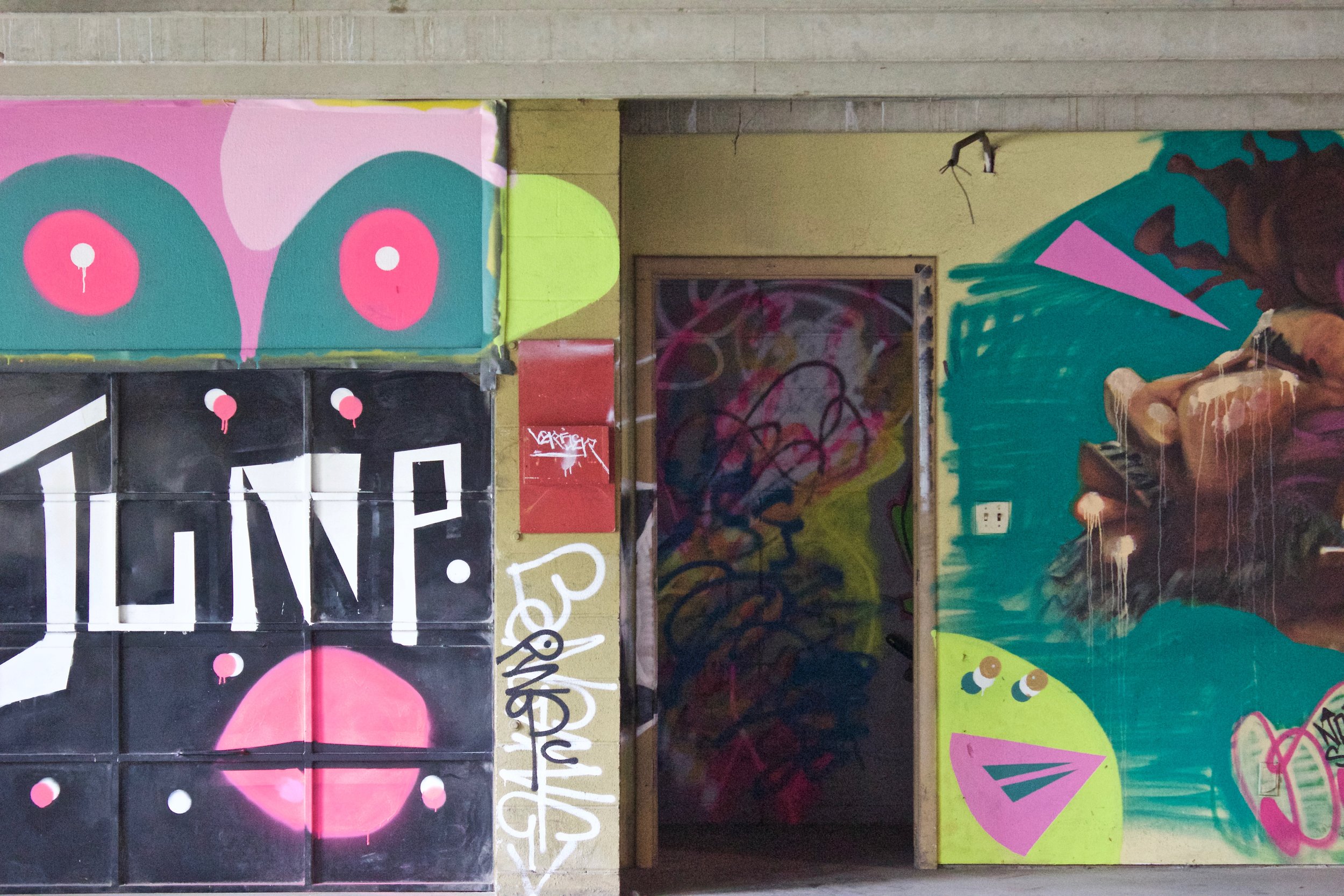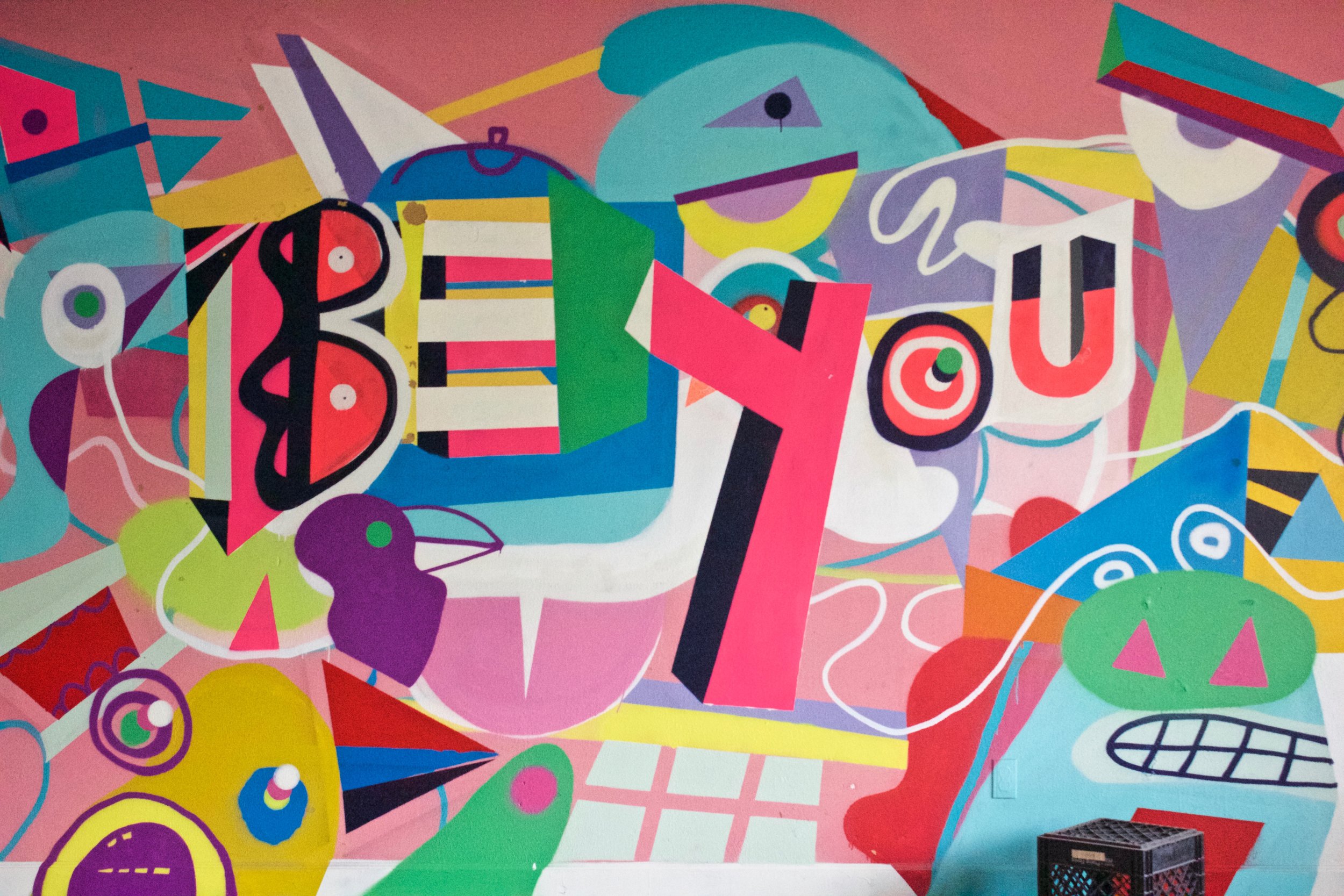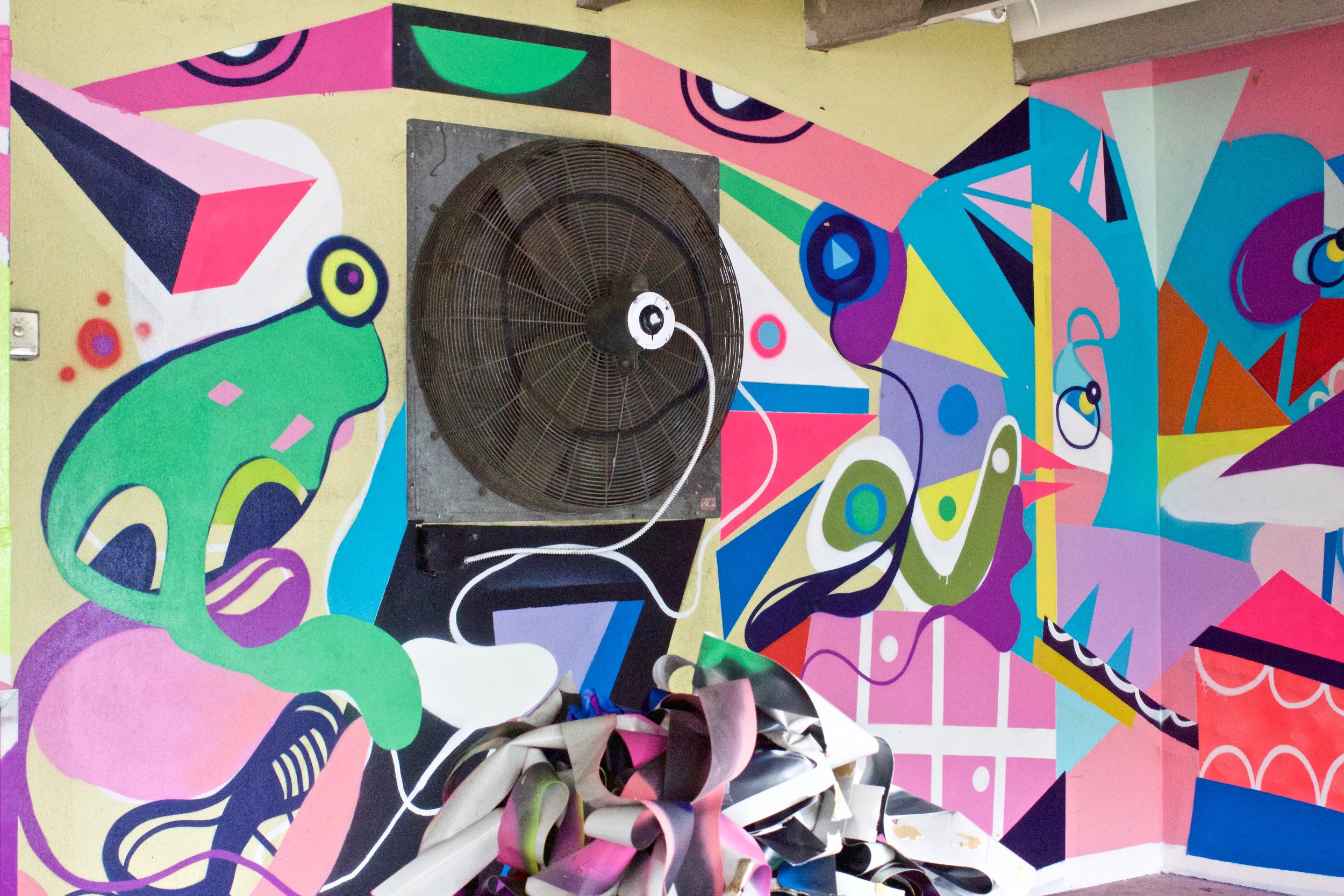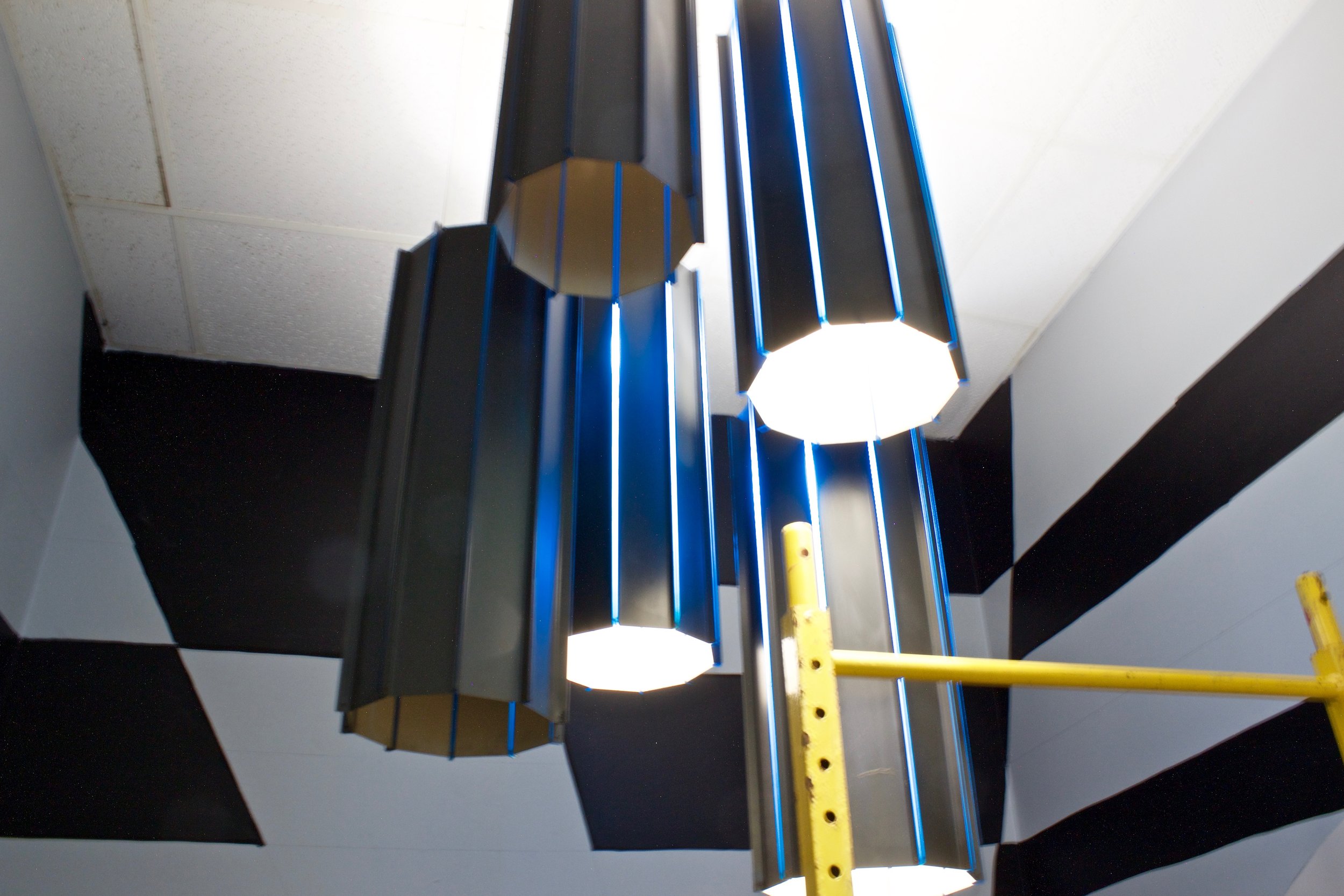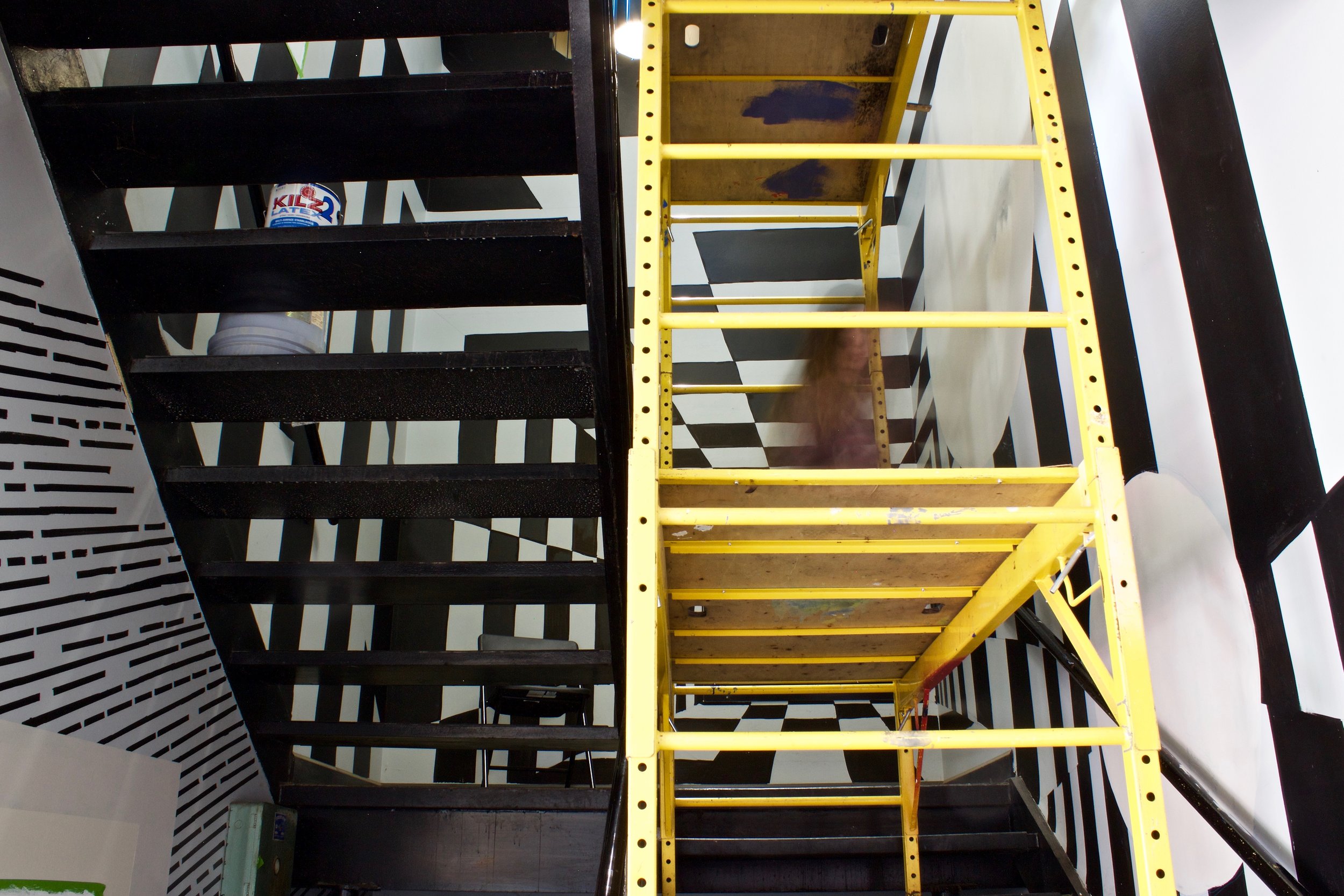Jonathan Lisenby: Of all media available to collect and distribute, why did you choose zines? How do zines facilitate your mission?
Carly Blaine: I would love to start by defining a zine as a small-circulation, self-published, and often inexpensive or free work made by either an individual or collective. I began collecting zines a few years ago, on my own accord and in relation to my own fascination with the various content available from this medium. I am very much in love with the accessibility aspect of zines, both from the perspective of the author and audience, and that is what I believe facilitates my mission with the zine library project. It is my goal to make both conversations of important social topics, as well as the work of participating artists, as accessible as possible to those who wish to self educate or experience the works without any barrier to entry.
JL: A large portion of the Nashville Public Zine Library is made up of works promoting ‘anarchic’ OR far left ideologies - two fairly opposing viewpoints. Do you think there’s a reason for zines to naturally drift to extreme political poles, or is this a feature of your curation?
CB: I wouldn't quite say that these works promote these ideologies as much as I would say that they are from the perspective of individuals or collectives who embody these ideologies, and converse on such from a humble and robust perspective. Although some of these works seem like propaganda in nature, most of them are well argued on both sides of the political spectrum (anarchic to left-leaning that is), and offer well-rounded arguments on the social topics they center on. Zines do naturally tend to embody strong opinions when they are discussions on social topics and issues faced in given socio-political circumstances, and do tend to be either left-leaning or anarchic; though I do intentionally select works for the library that I believe will be useful resources and materials for the community to use as a basis for conversation within itself.
JL: What skills are most important to have to be a successful zine-maker? Is it required to have gone to art school, or helpful to have a background in journalism?
CB: As I mentioned above, what I love most about zines is the accessible nature of them, both in terms of authoring and experiencing them. One need not have a formal education in order to create a zine, one must simply have an idea and a pen and a piece of paper and a zine may be born.
JL: Which of the zines in your collection would you recommend as starter zines, to recommend to someone new to zines?
CB: It all depends on what an individual has interest in! There are many different areas of specificity, or "genres", within the library for one to choose from. In terms of local works, I would suggest starting with anything from Sabotka, Ursus Press, or Broadside Print, to get a scope of the literary genius that exists in Nashville. I often find that the visual art and music scenes eclipse some of the great poets and writers that live and work in the scene.
JL: How do you bring the NPZL to the public? Do you have bigger plans for the future?
CB: Though this project has been fairly small scale since its inception, I am incredibly excited to be working with new supporting partners and collectives to bring out the library itself to engage with the community! I wish I had more details to share publicly, but as certain intricacies have still yet to be ironed out, I can't divulge any further information. BUT I can say that I have been overwhelmed with support and interest in the project thus far, and that I am looking forward to bigger plans in the future! I would also like to mention that I'd truly love to meet with any individual looking to collaborate, to get involved in some way, or even just to share thoughts and opinions on the creative community itself! I can be reached at nashvillepubliczinelibrary@gmail.com (:
